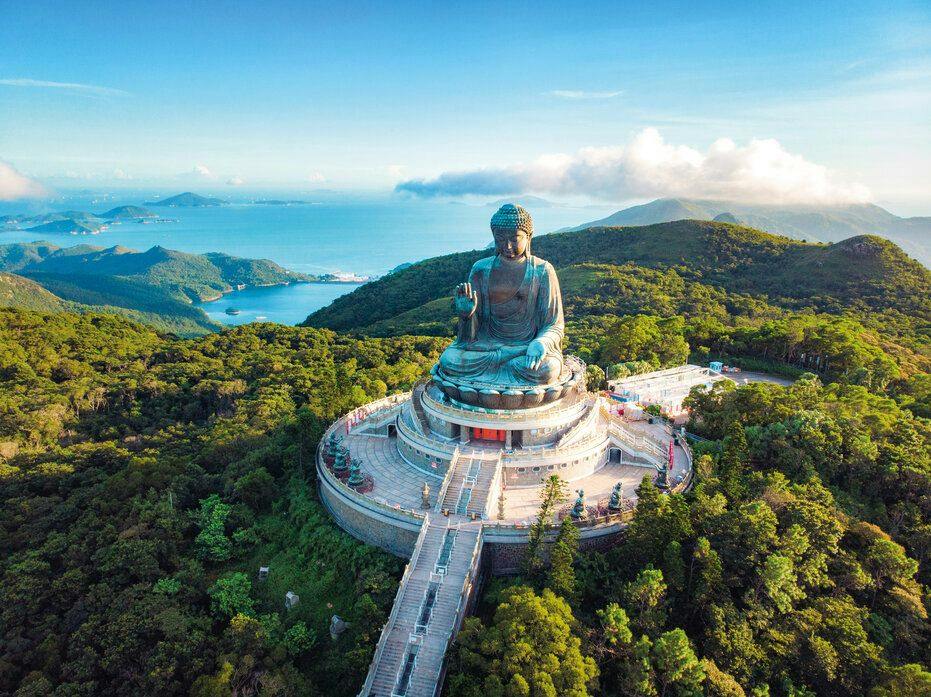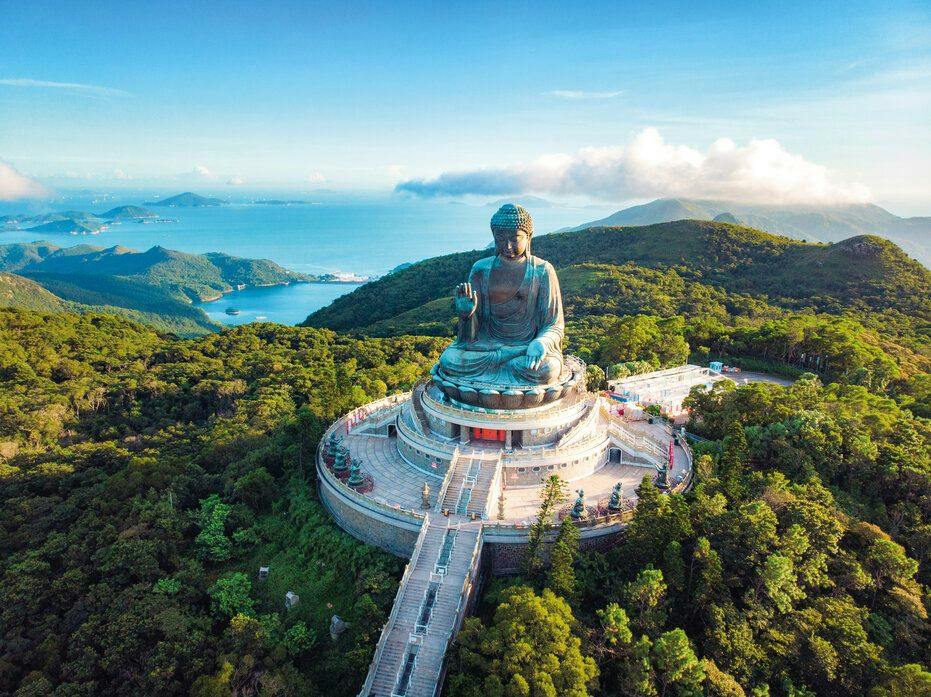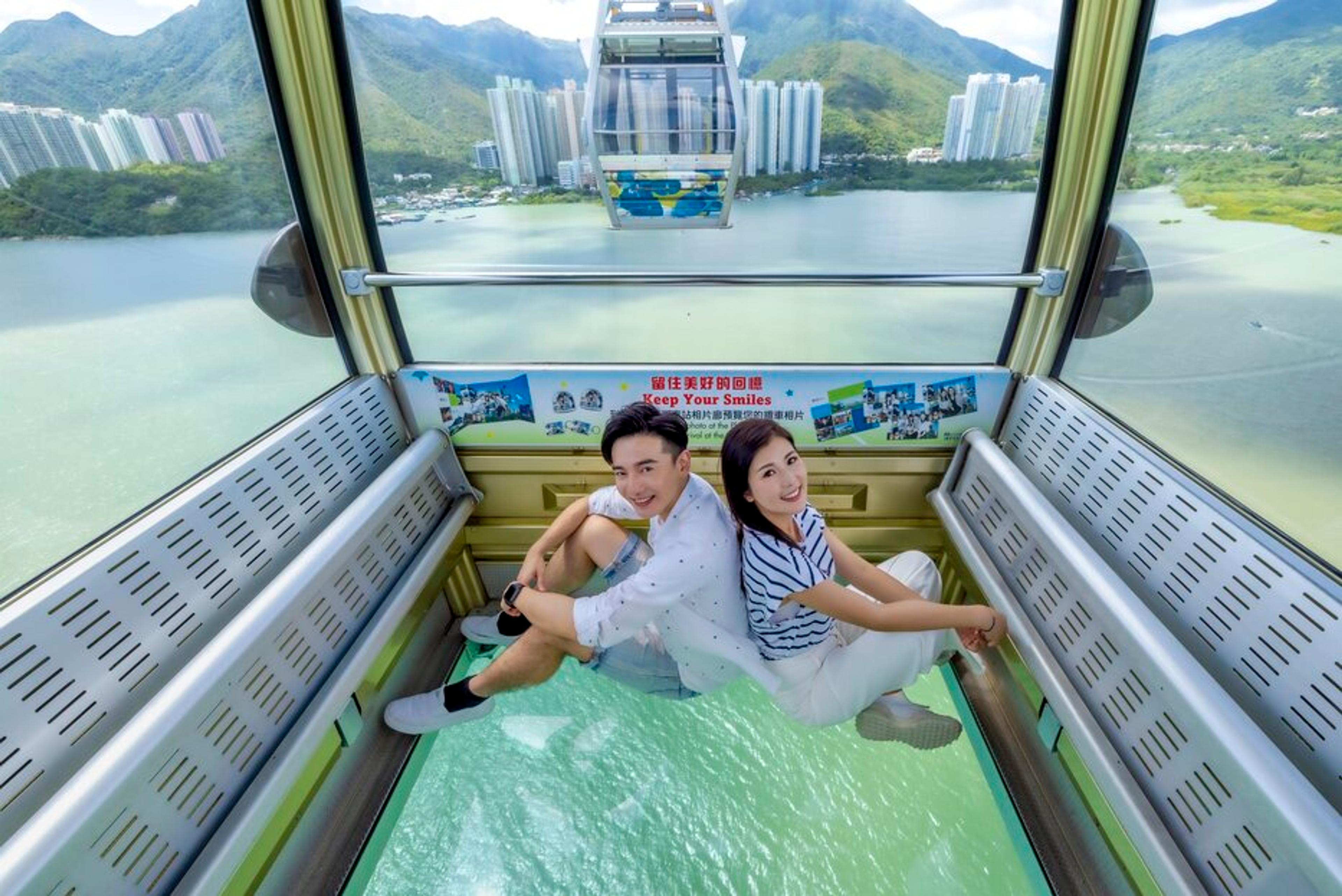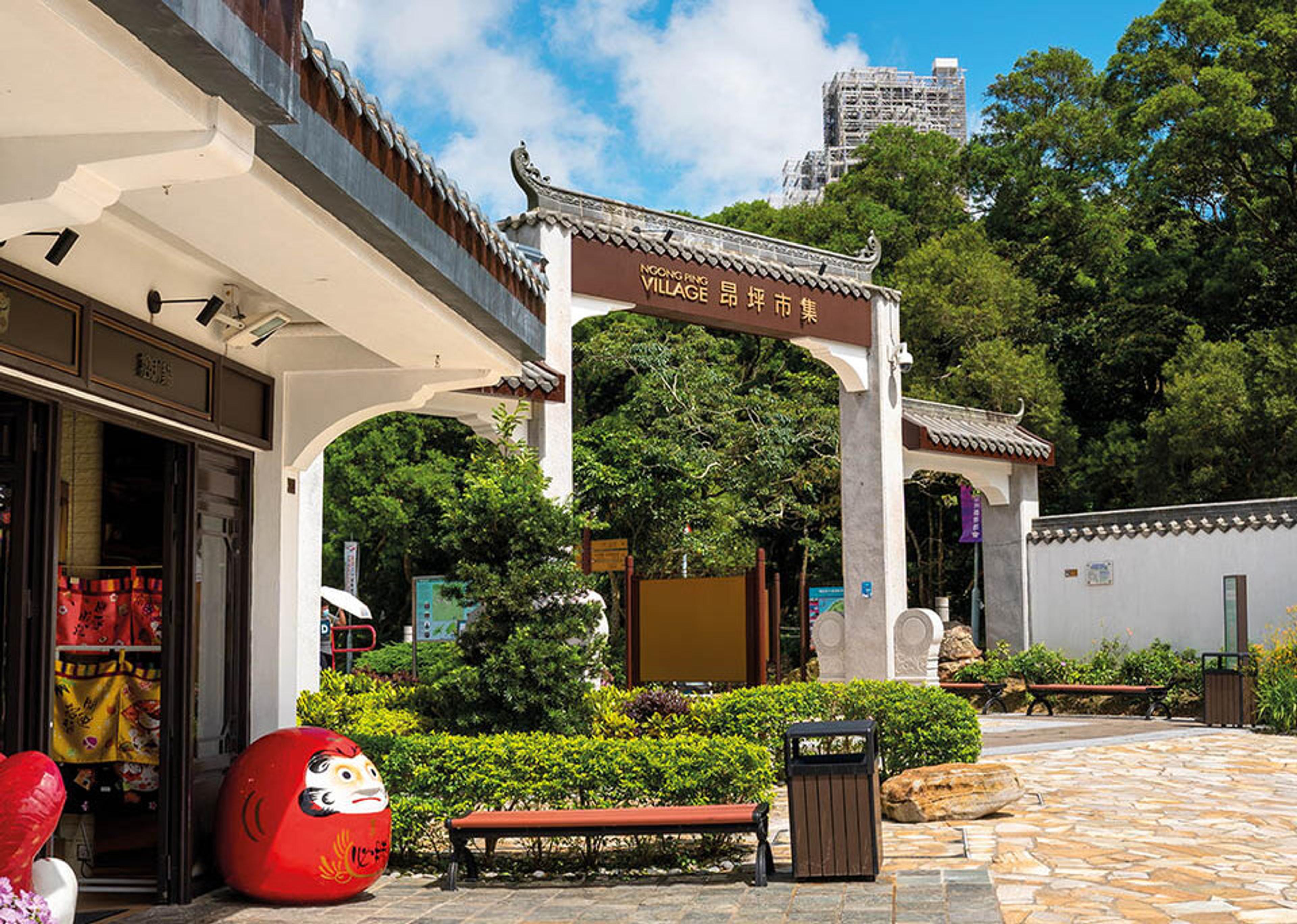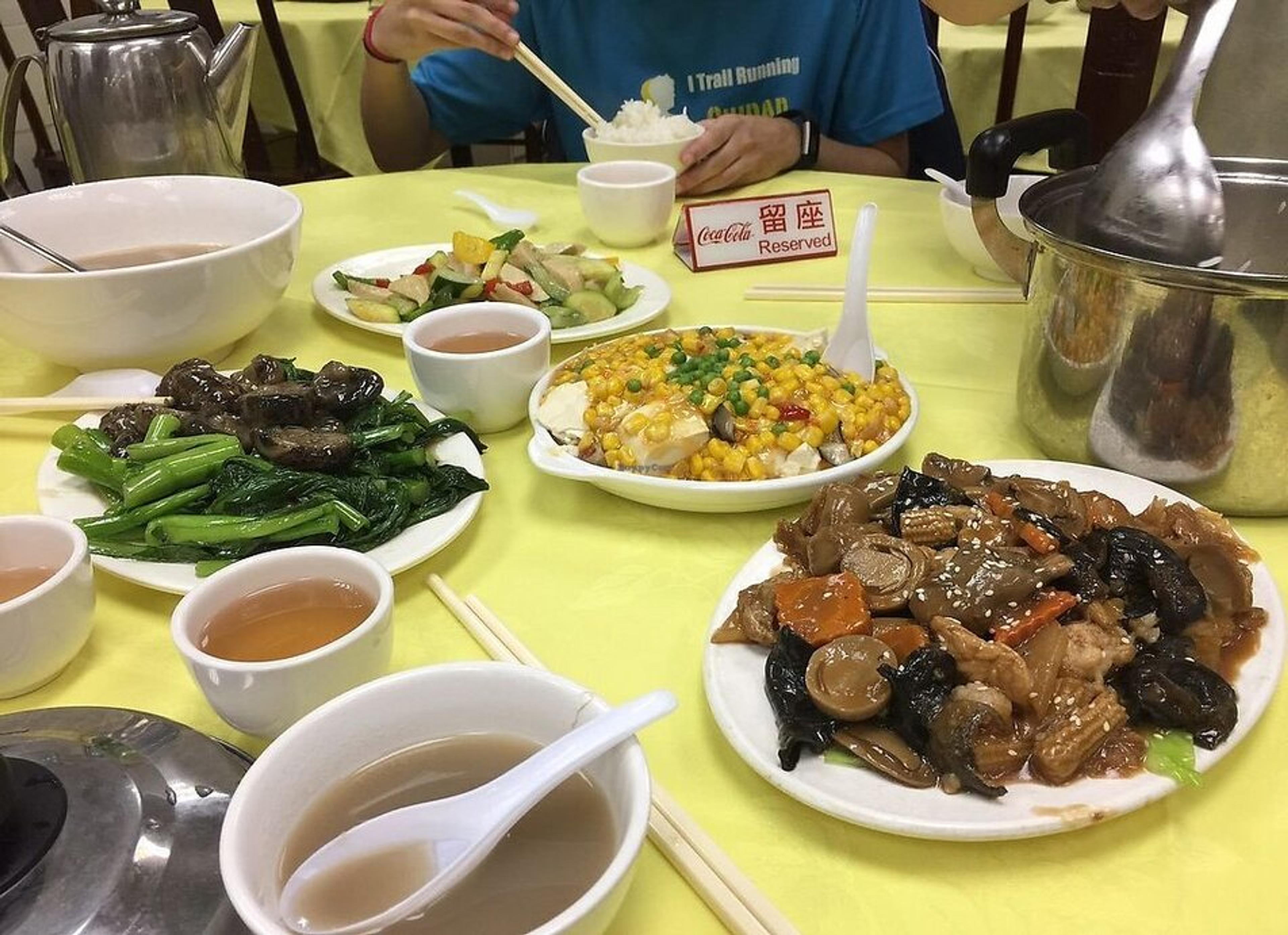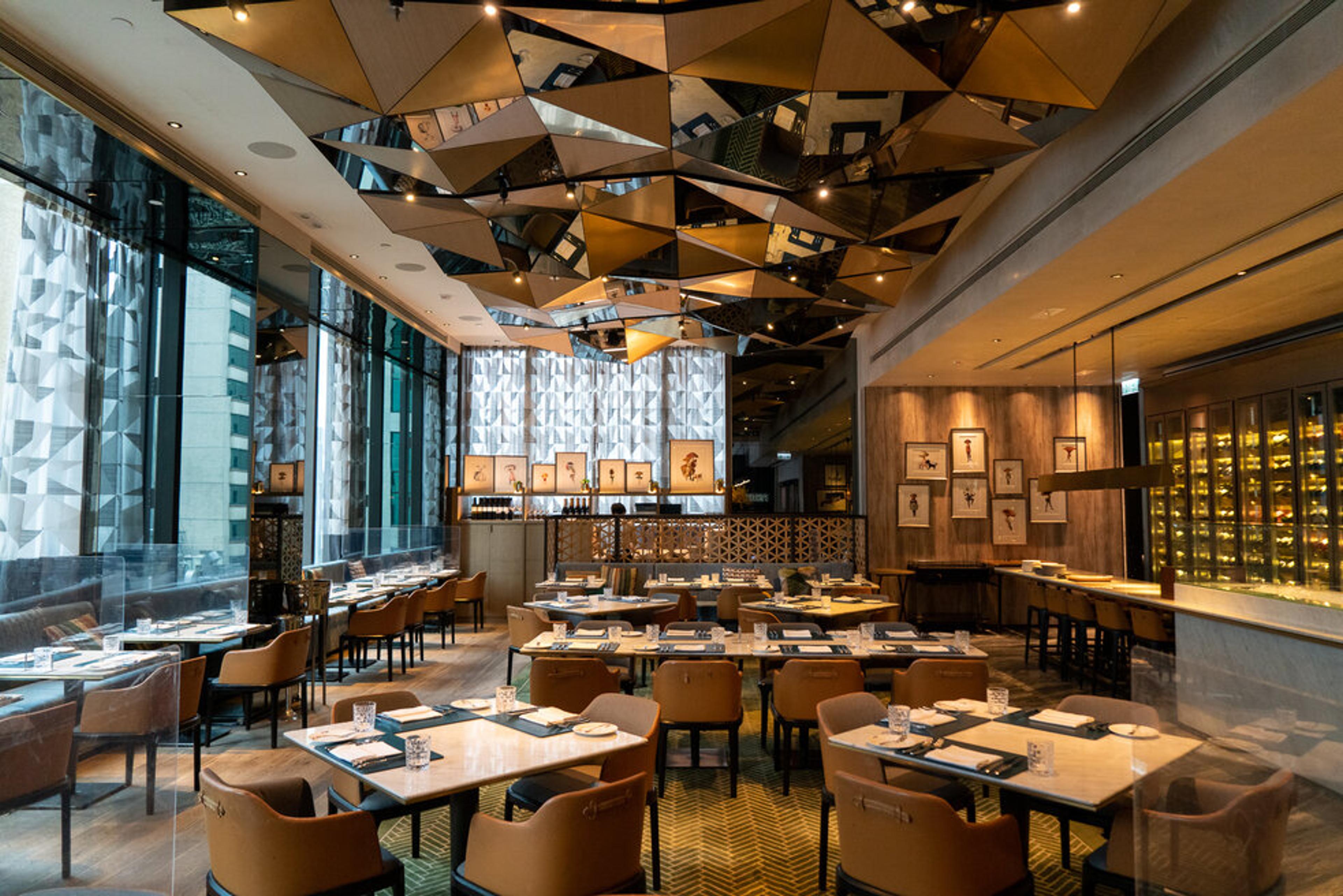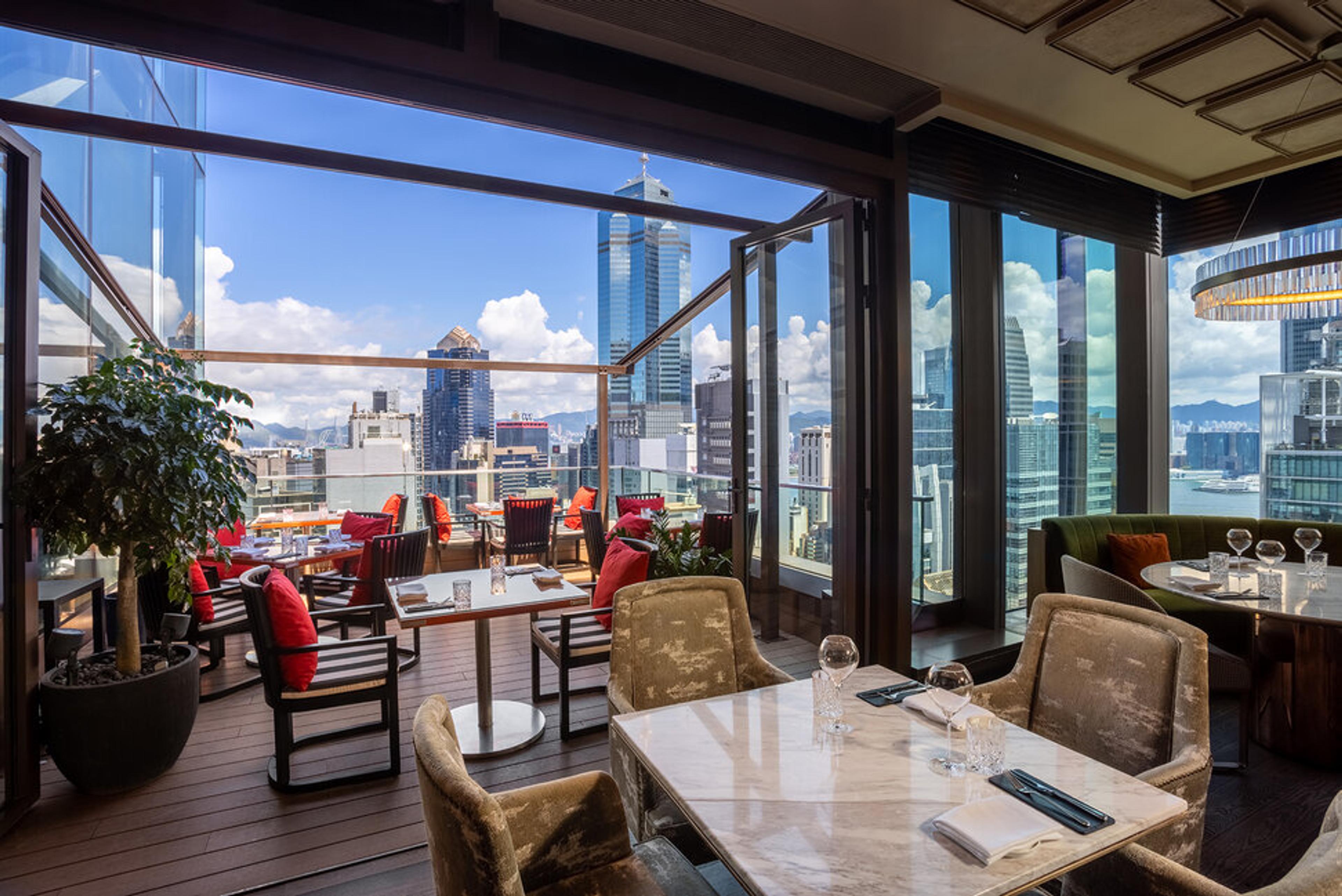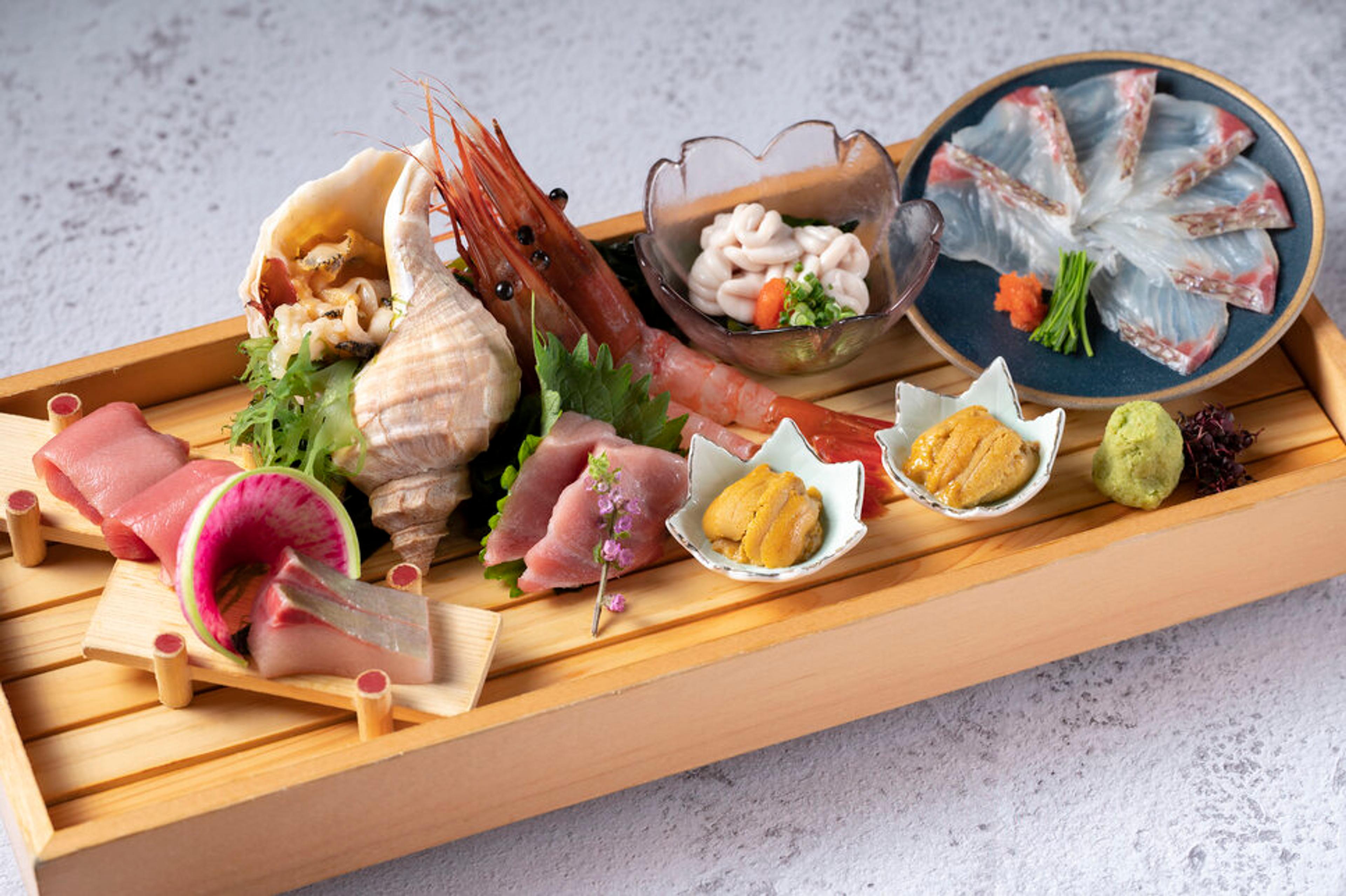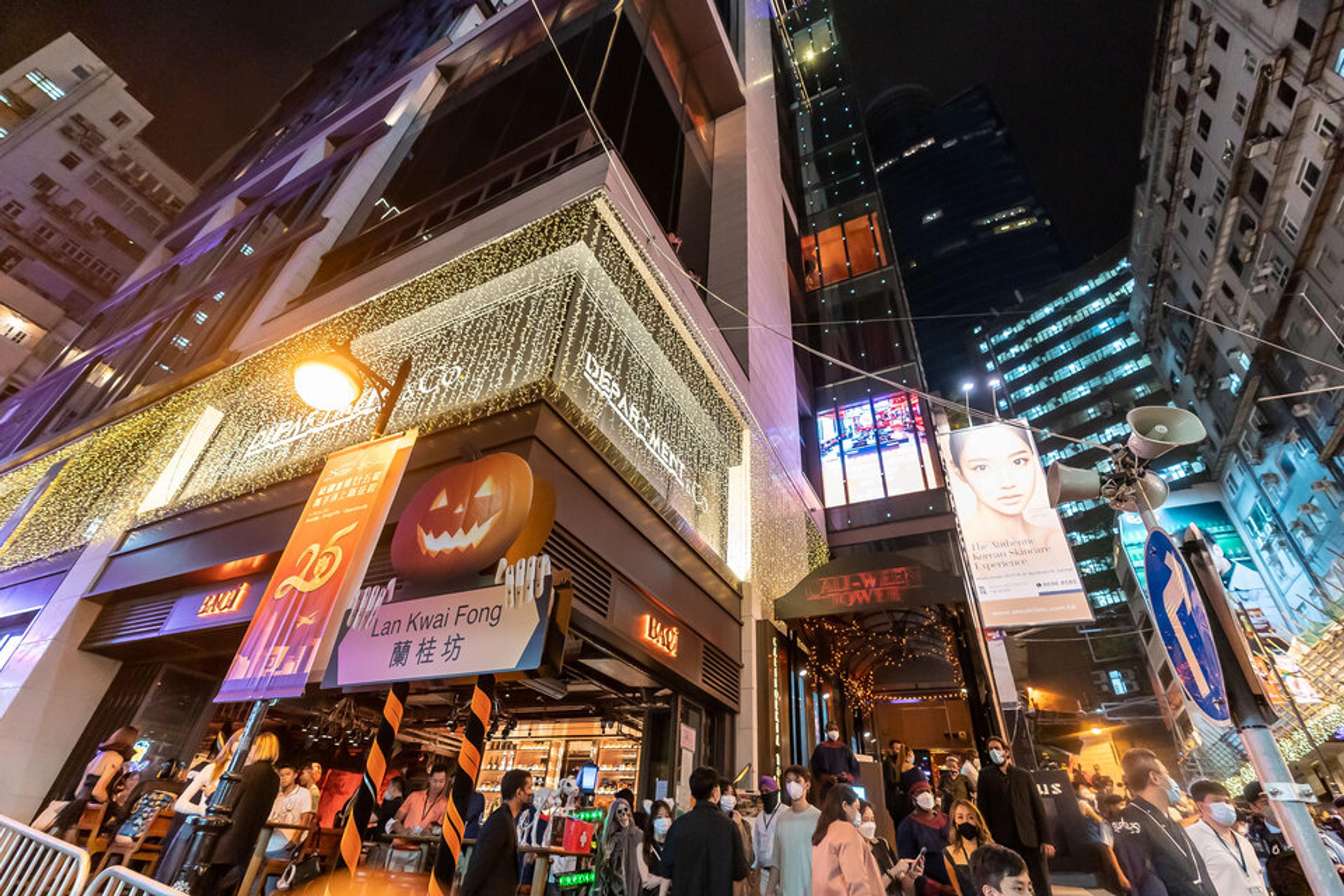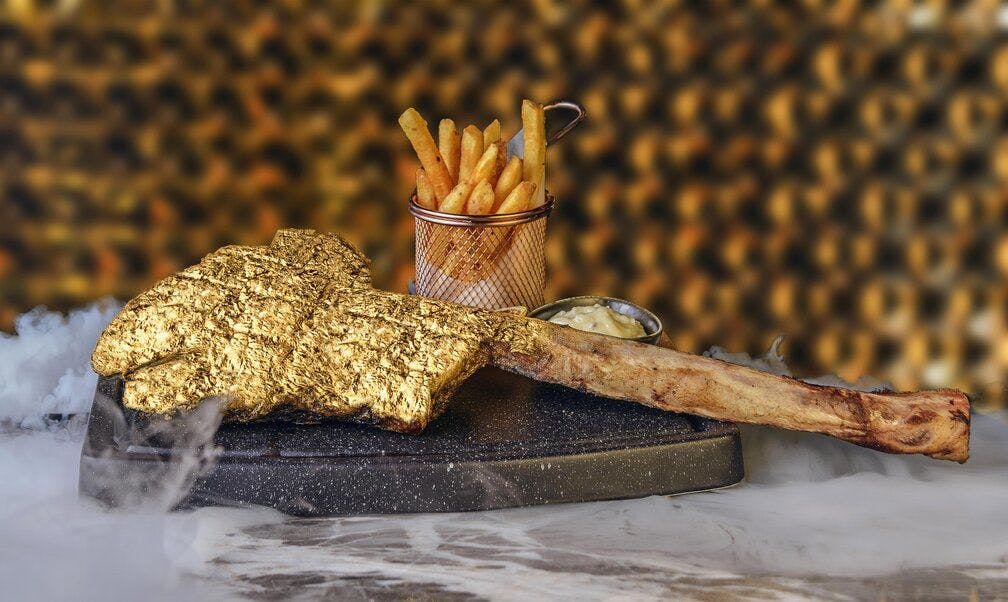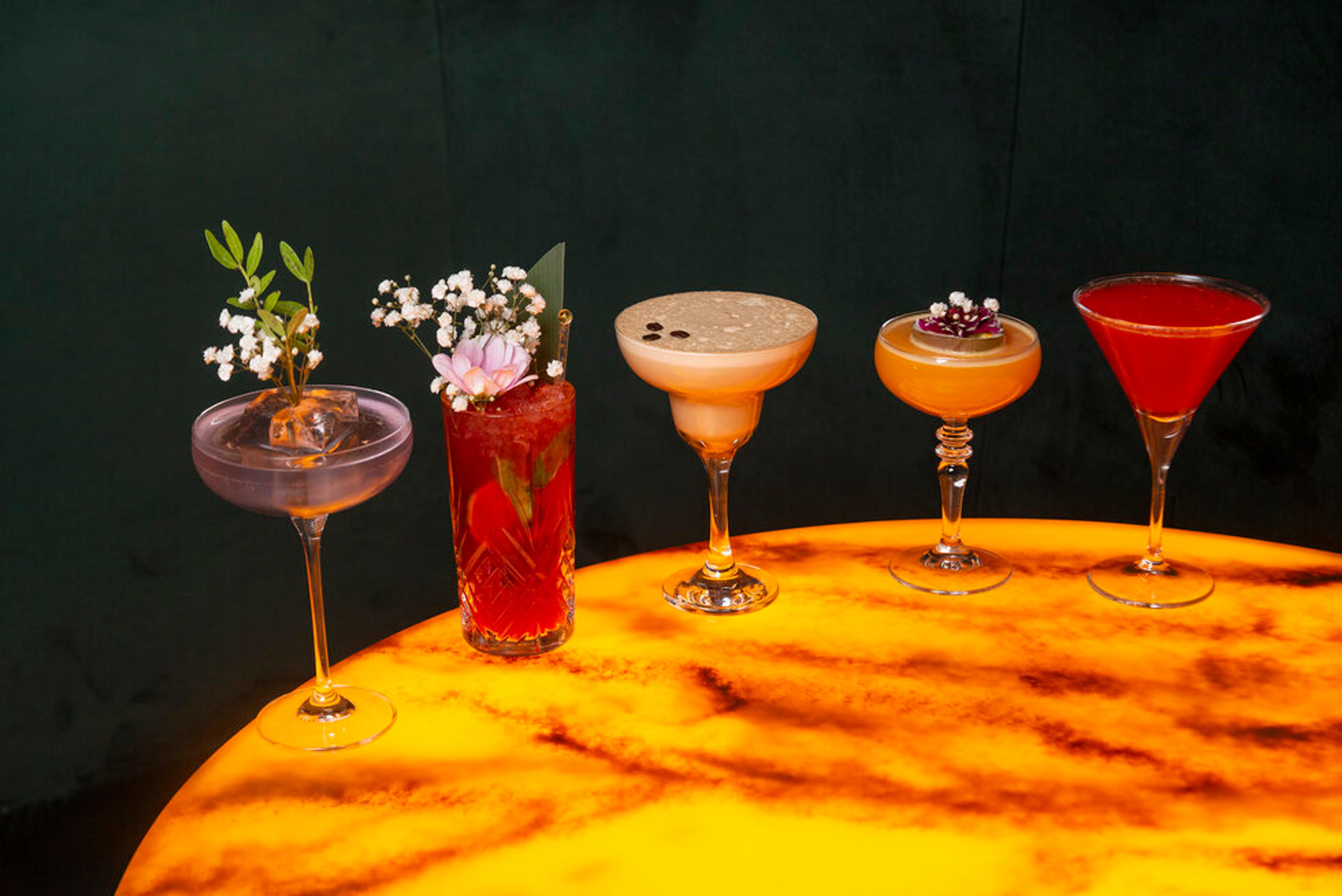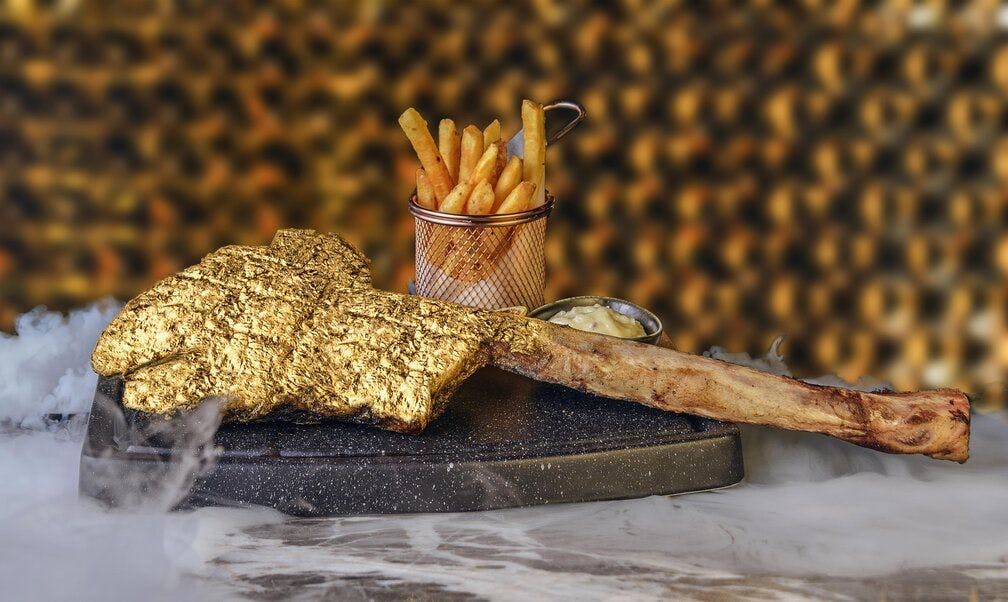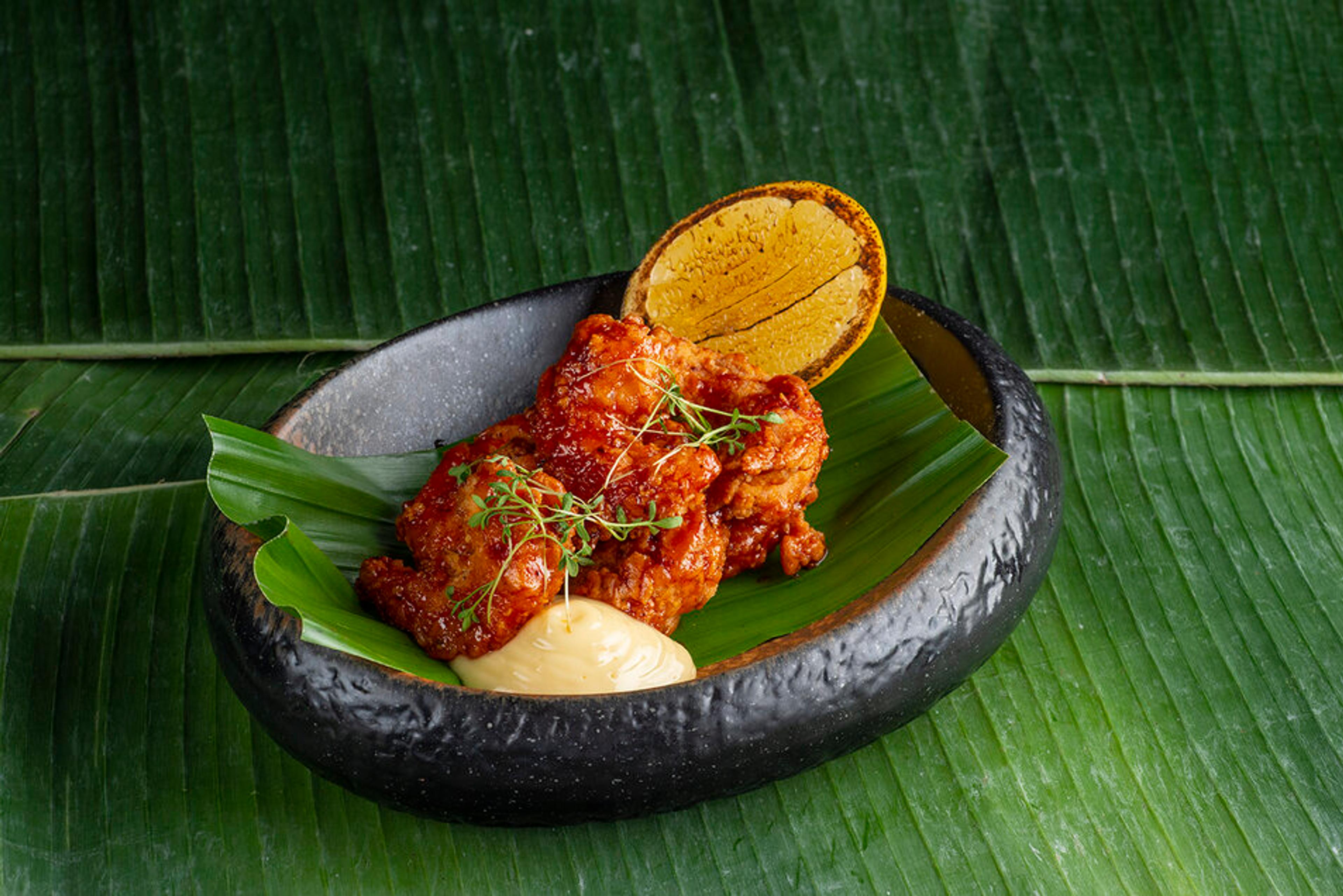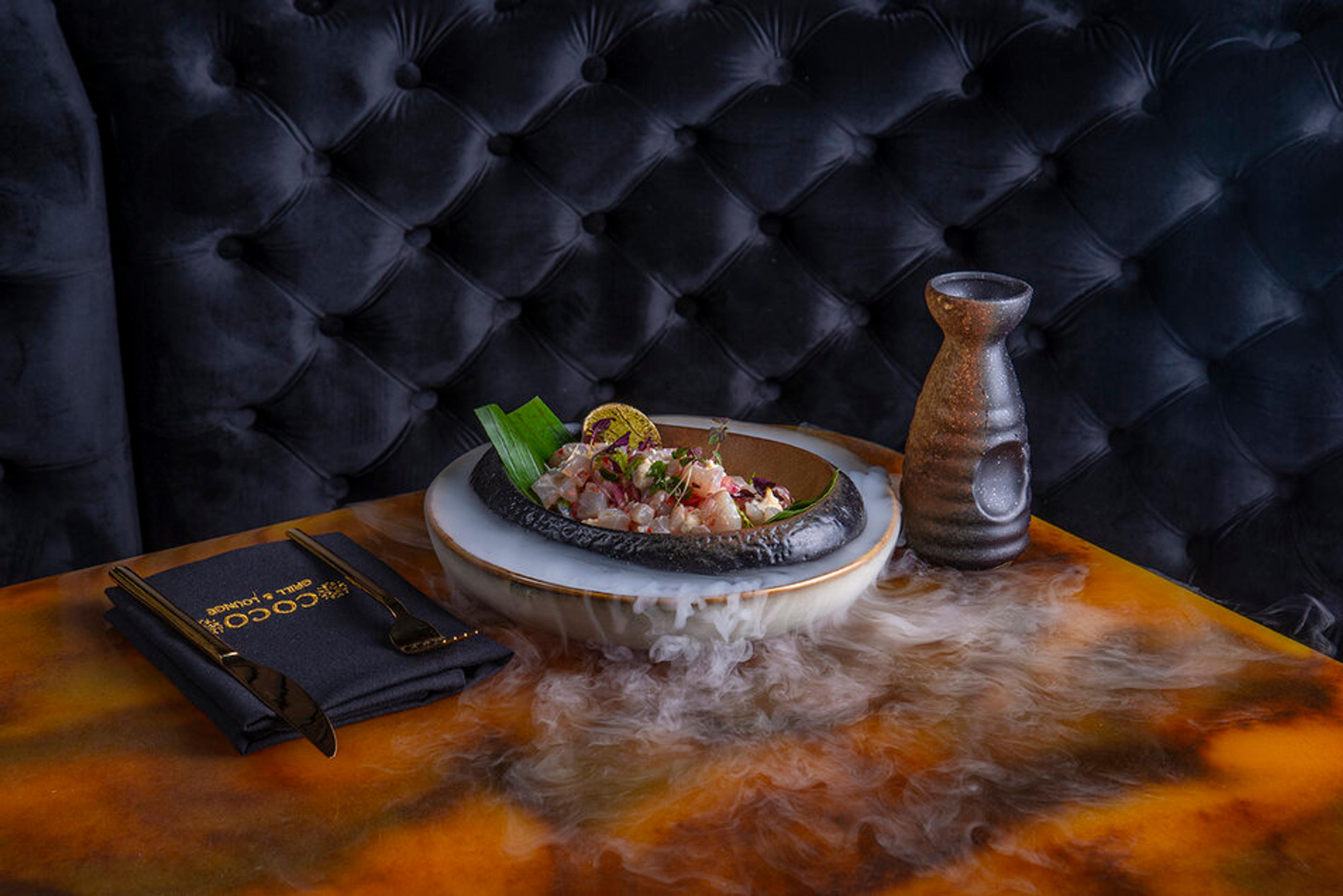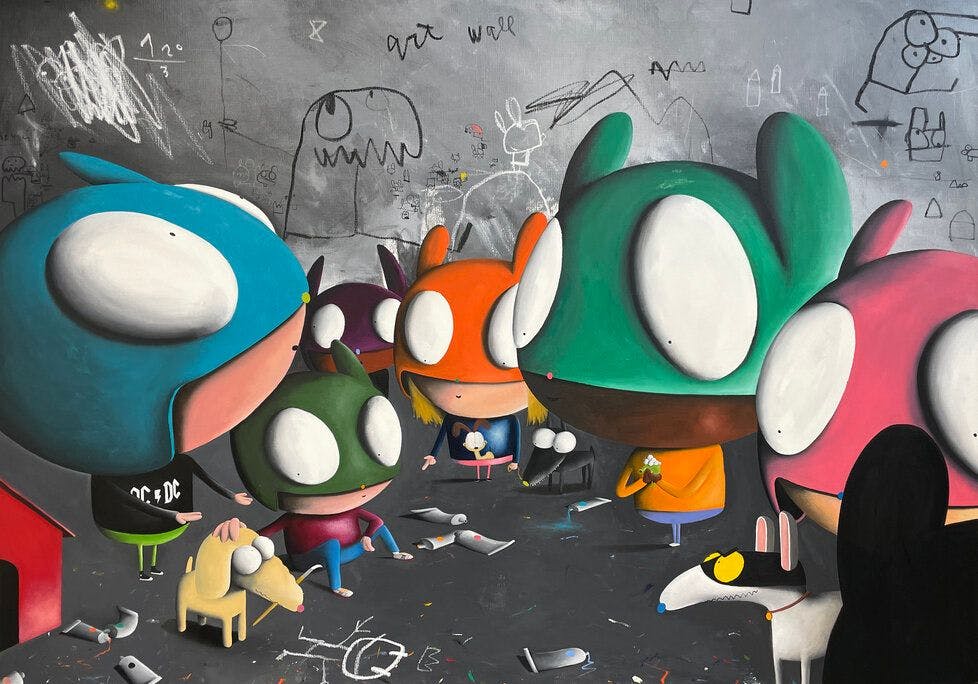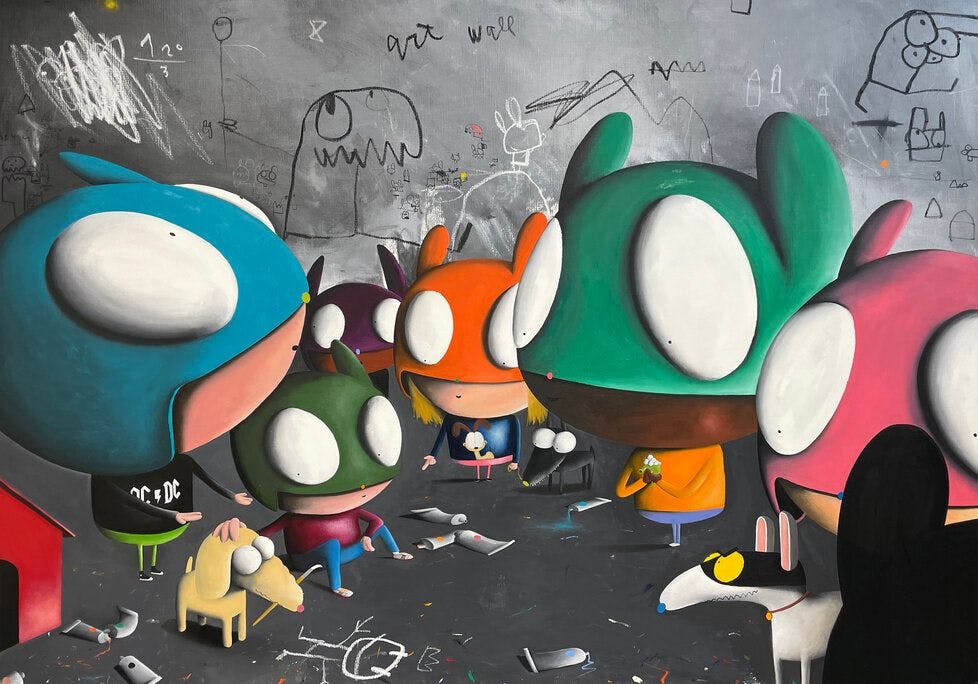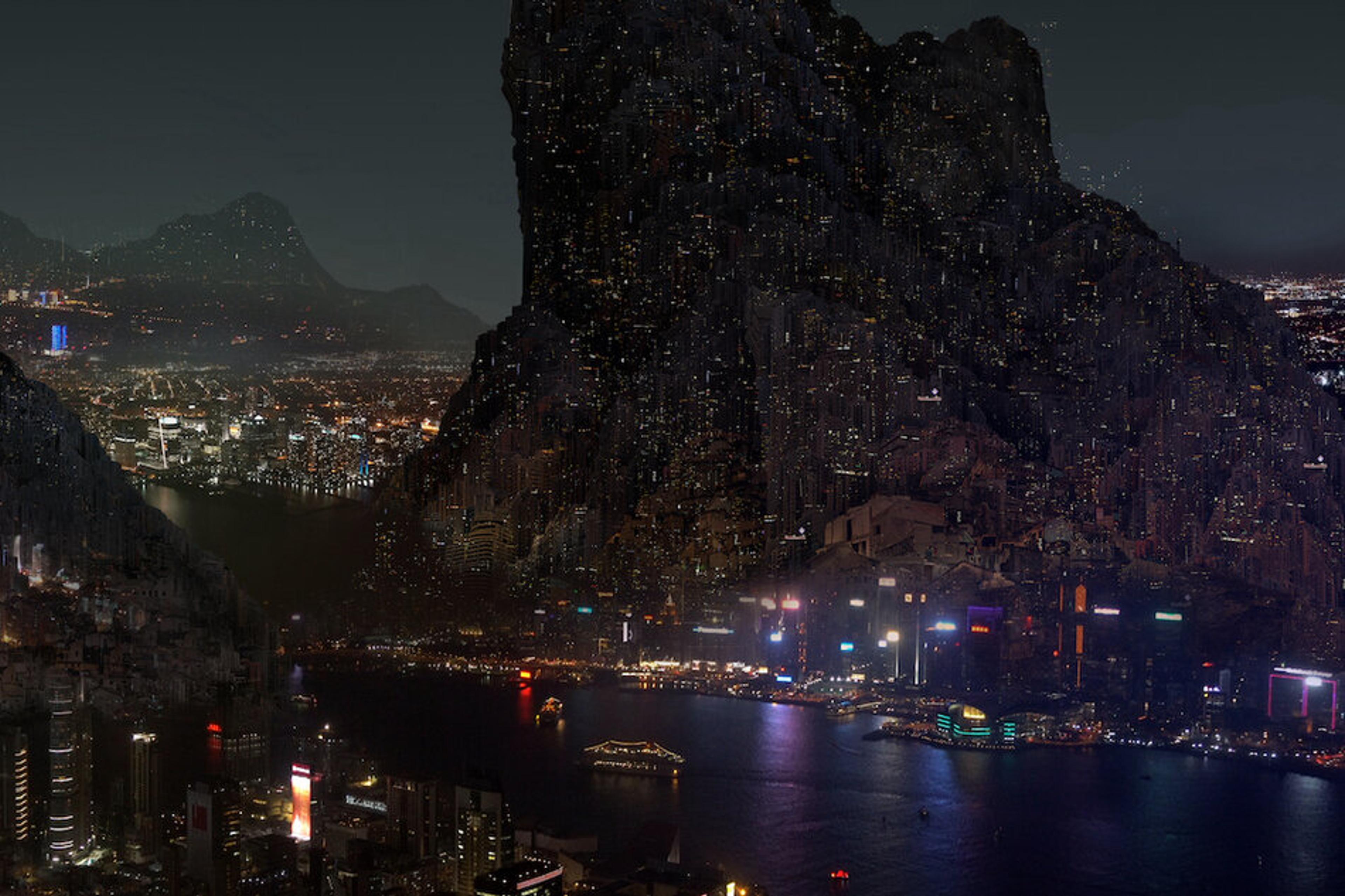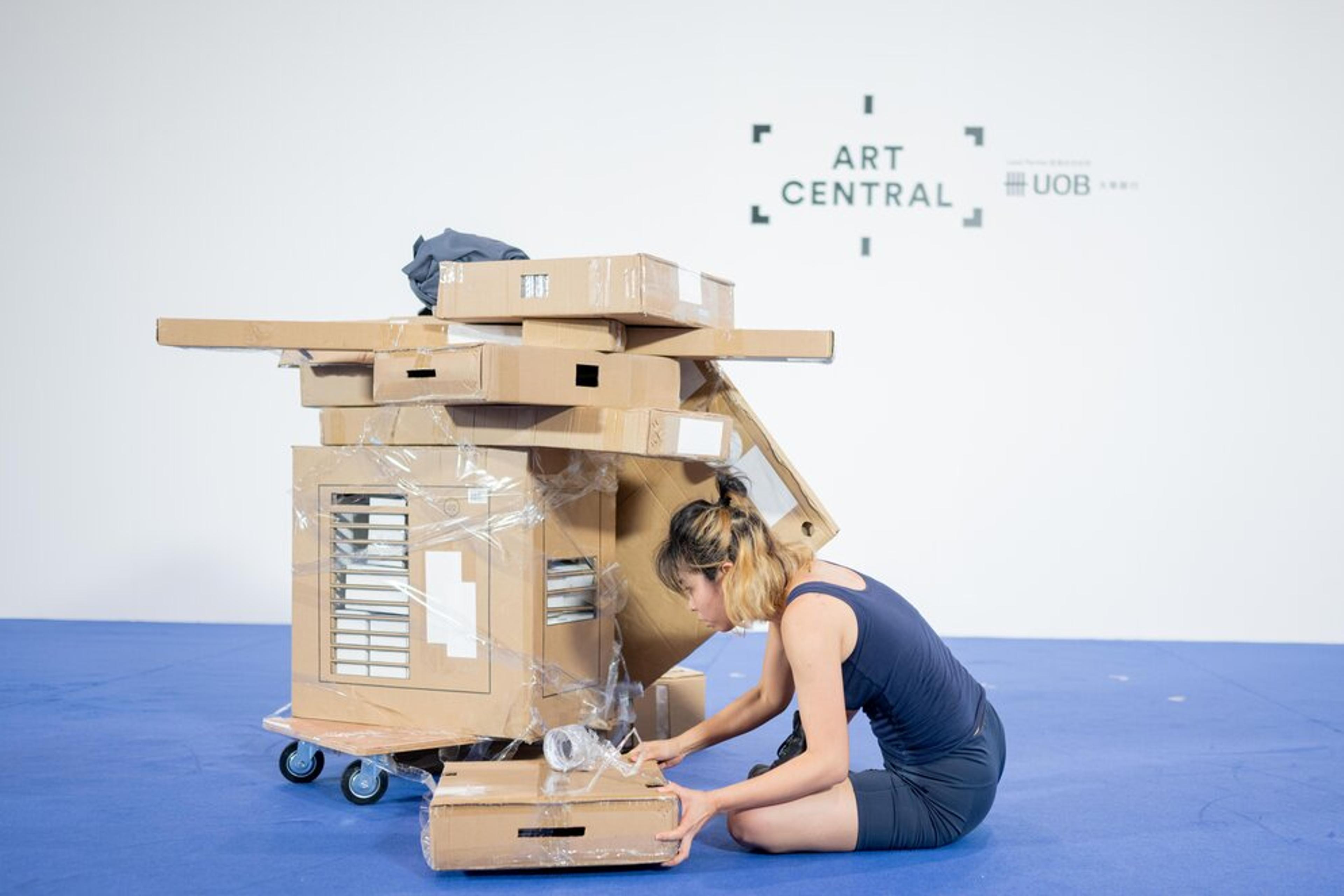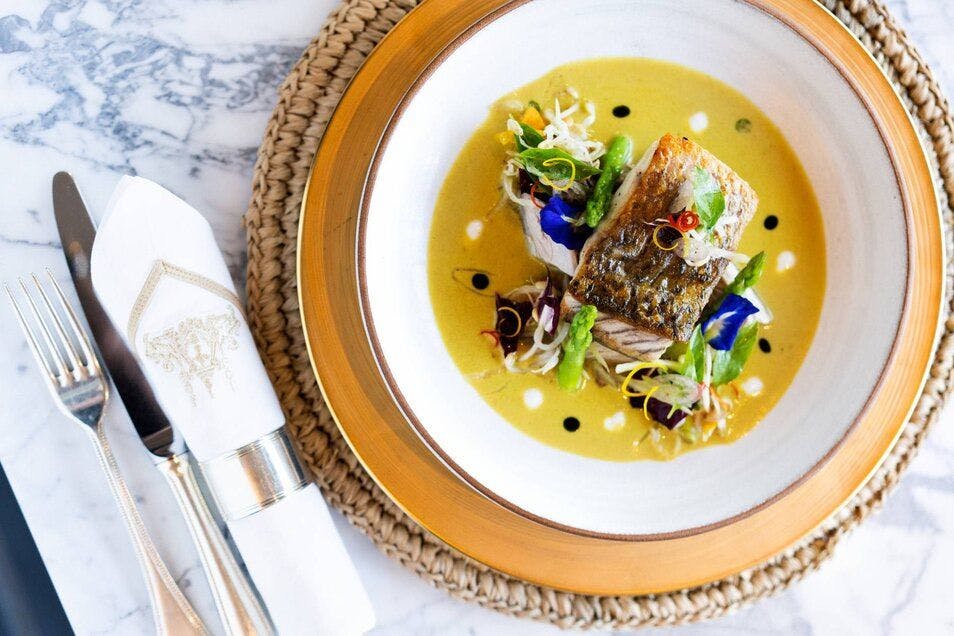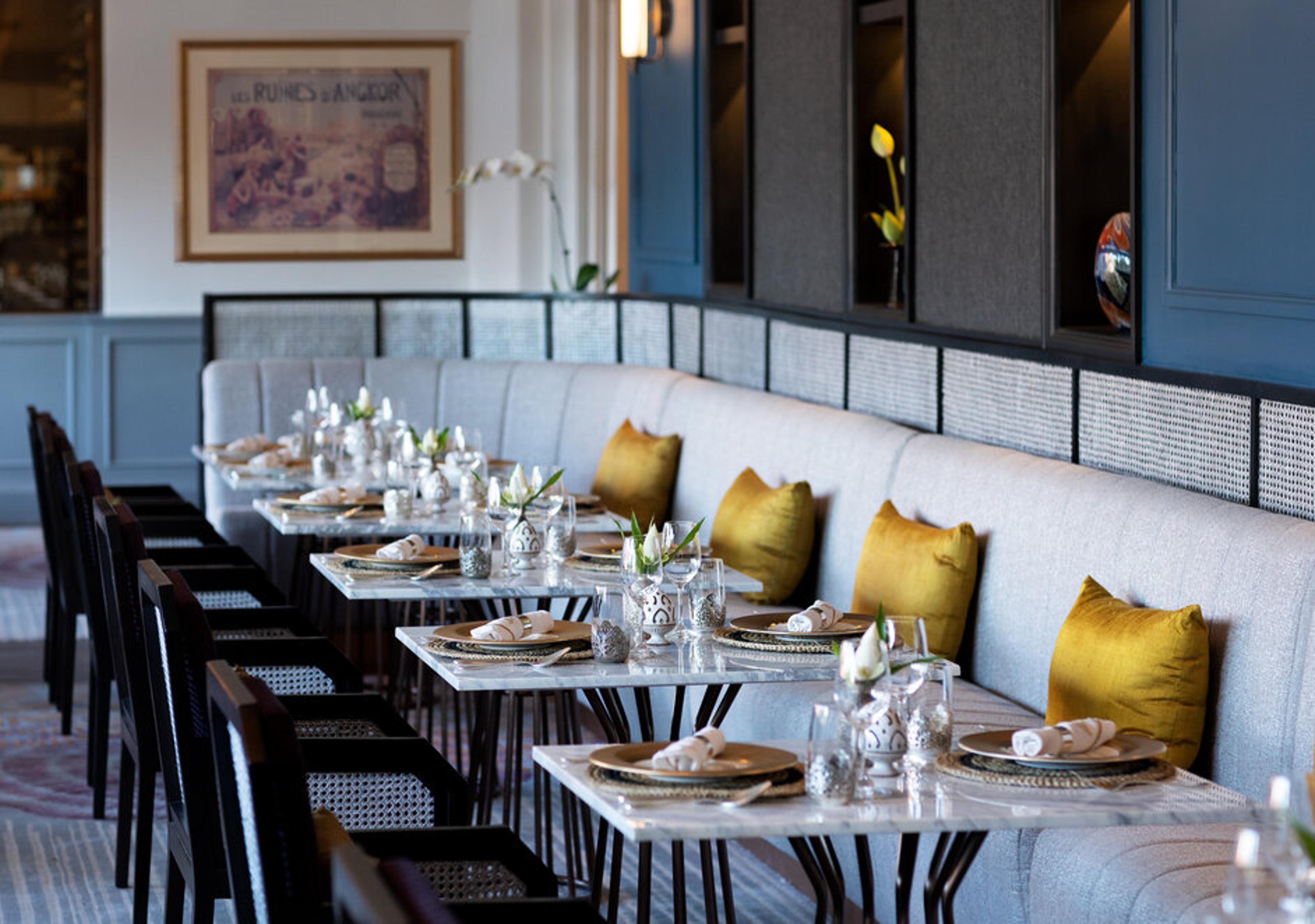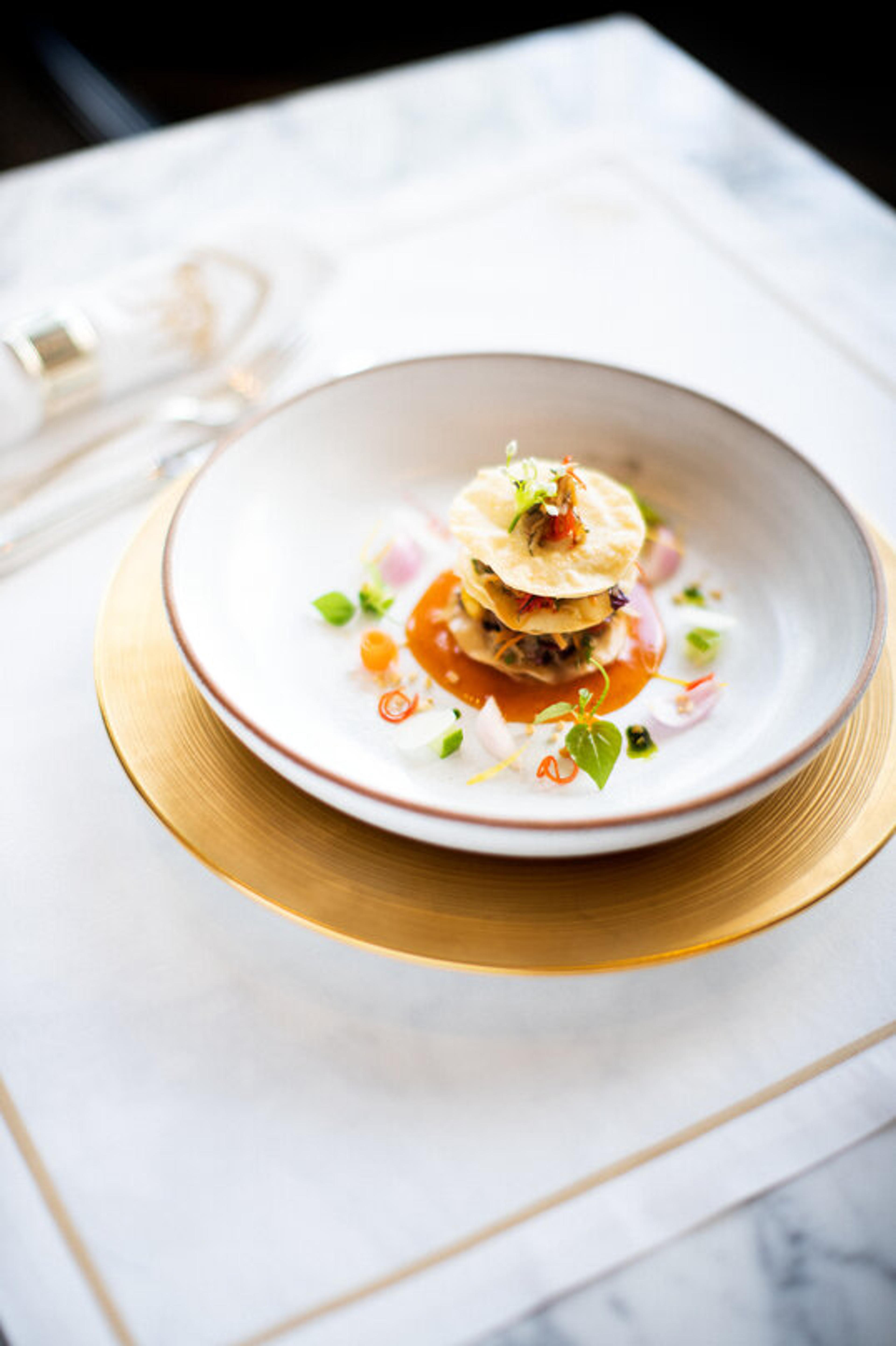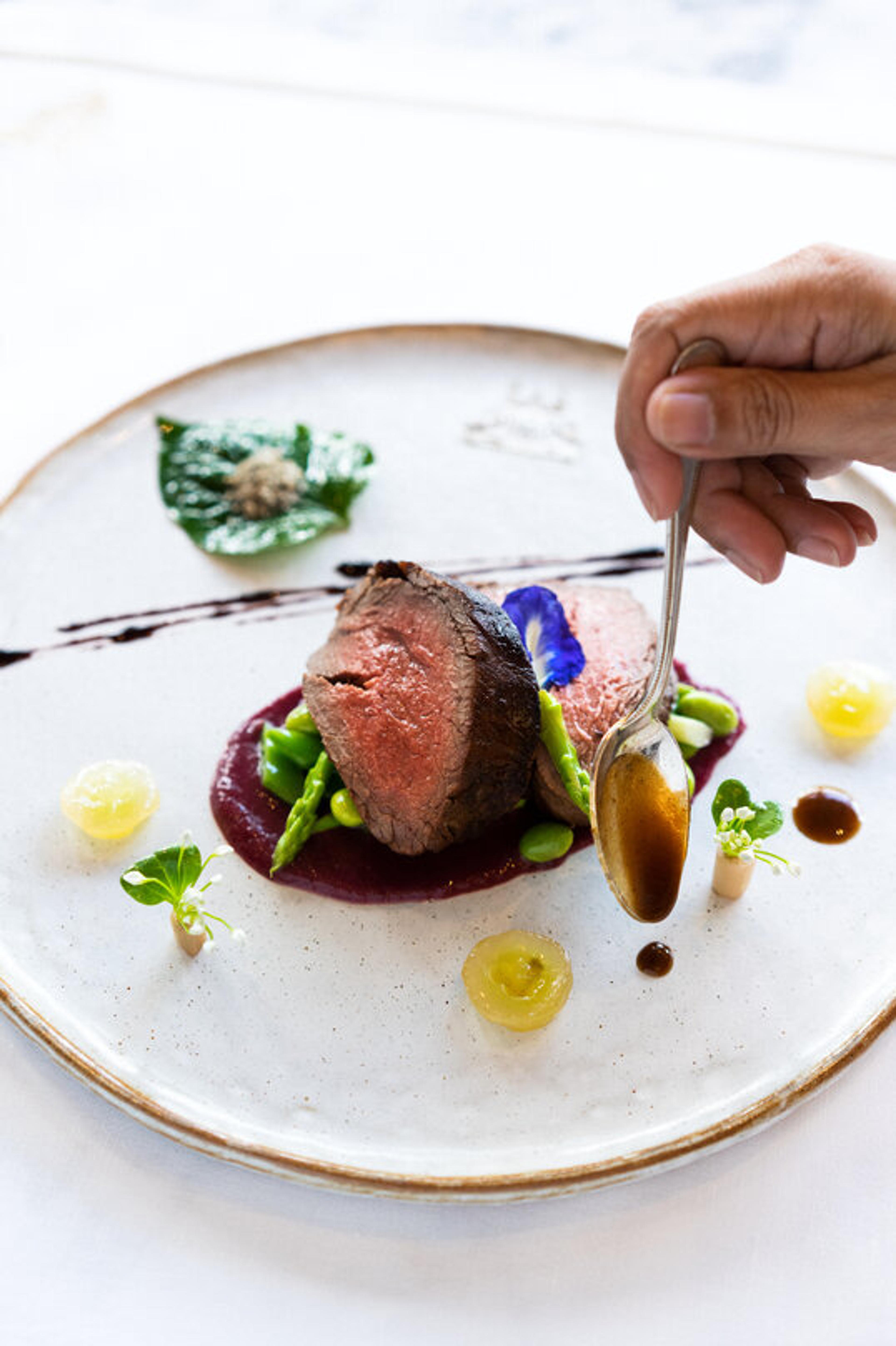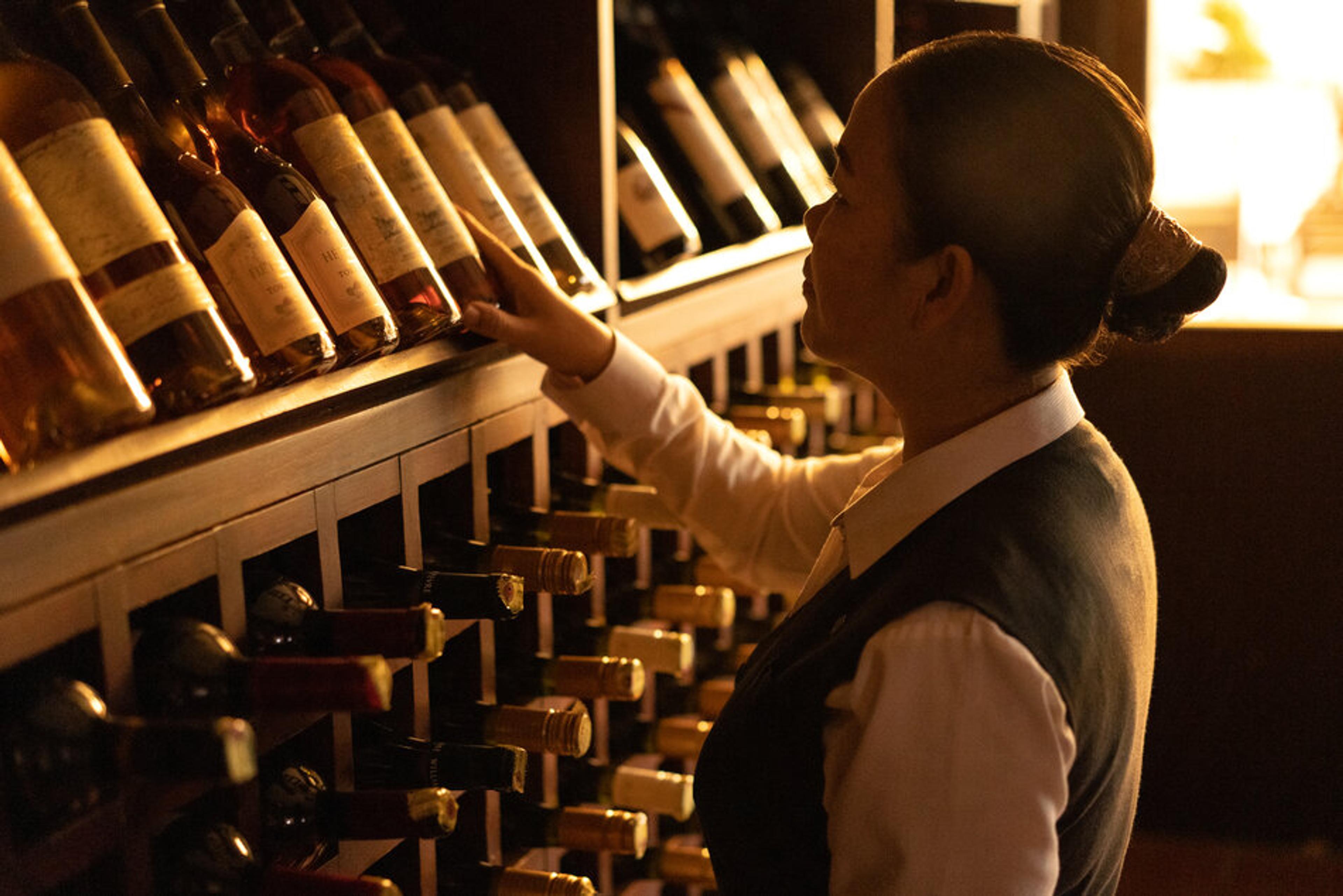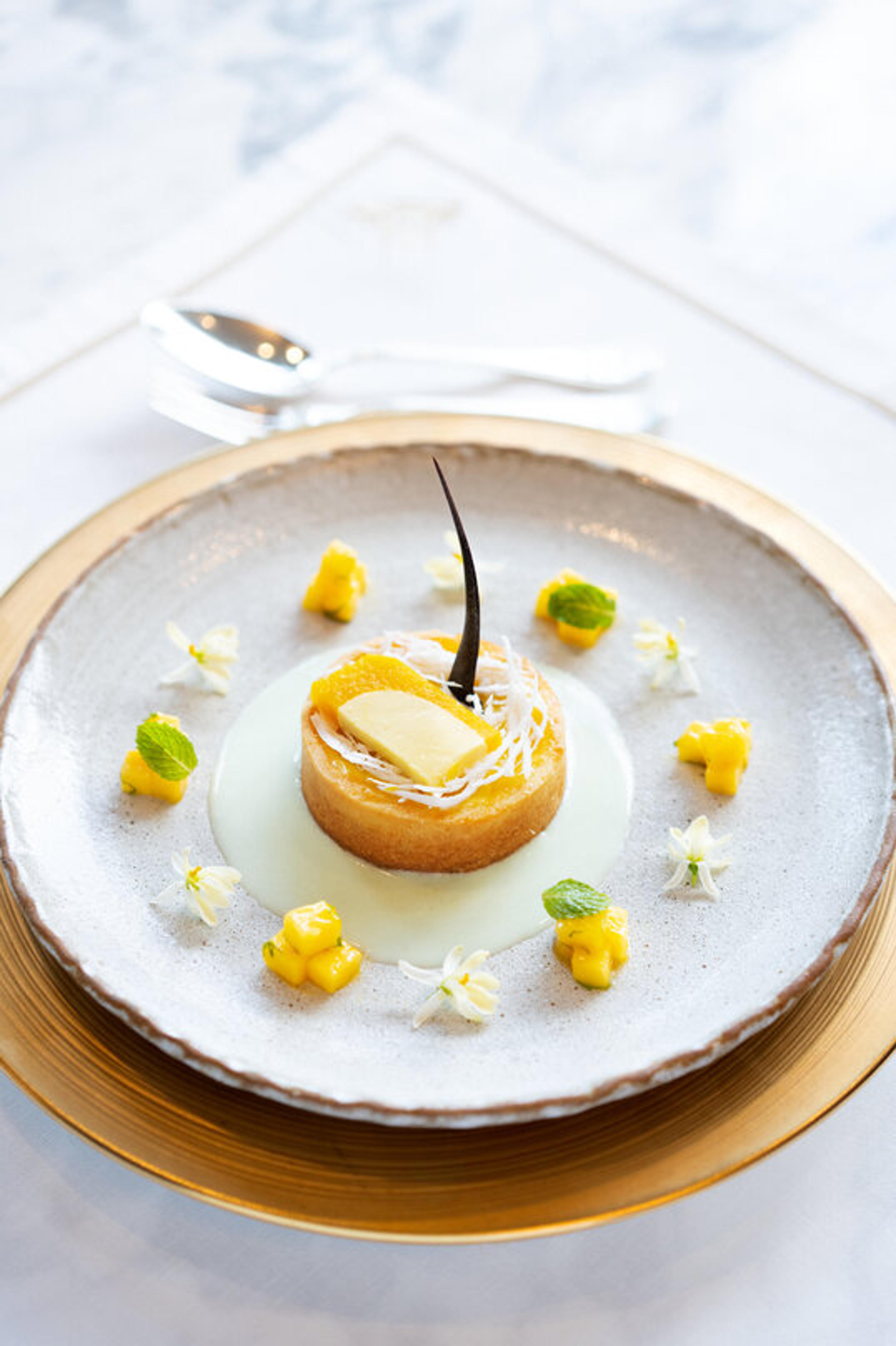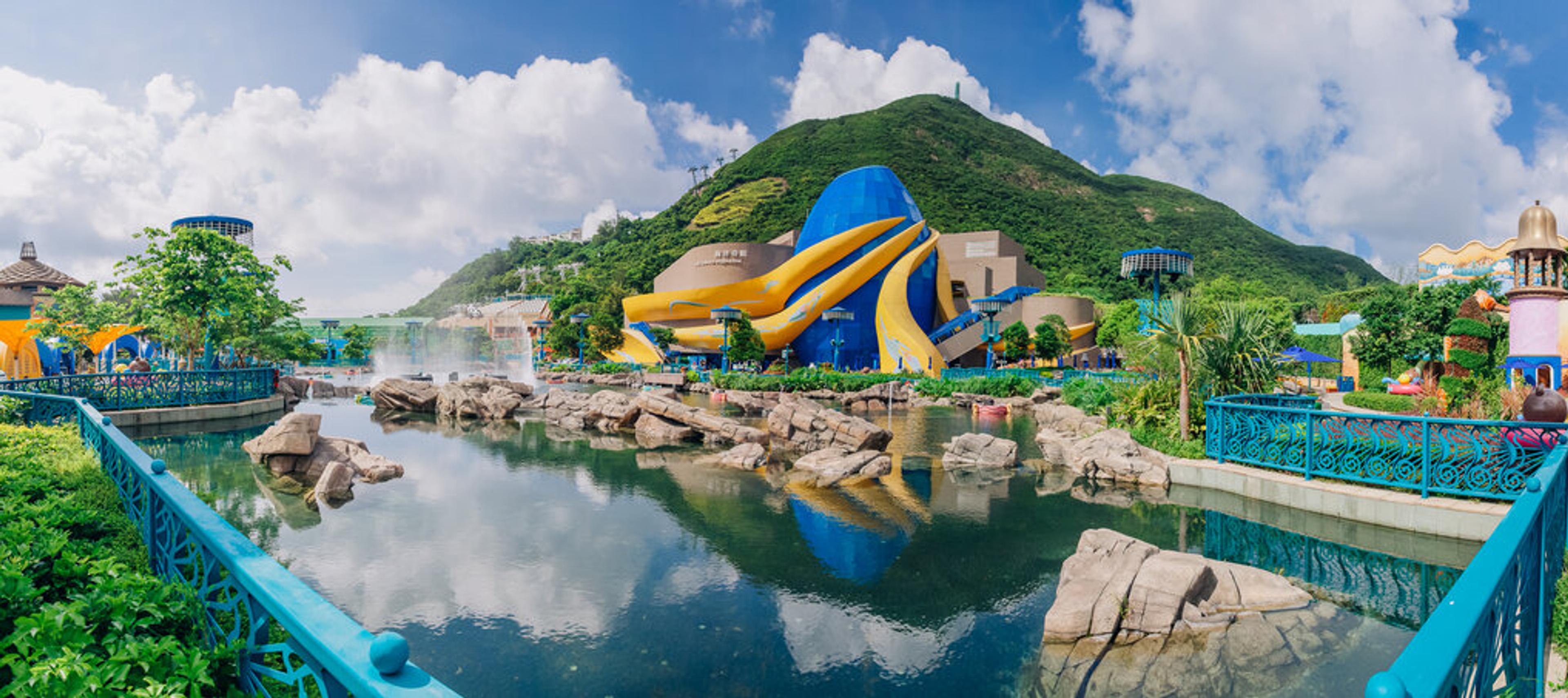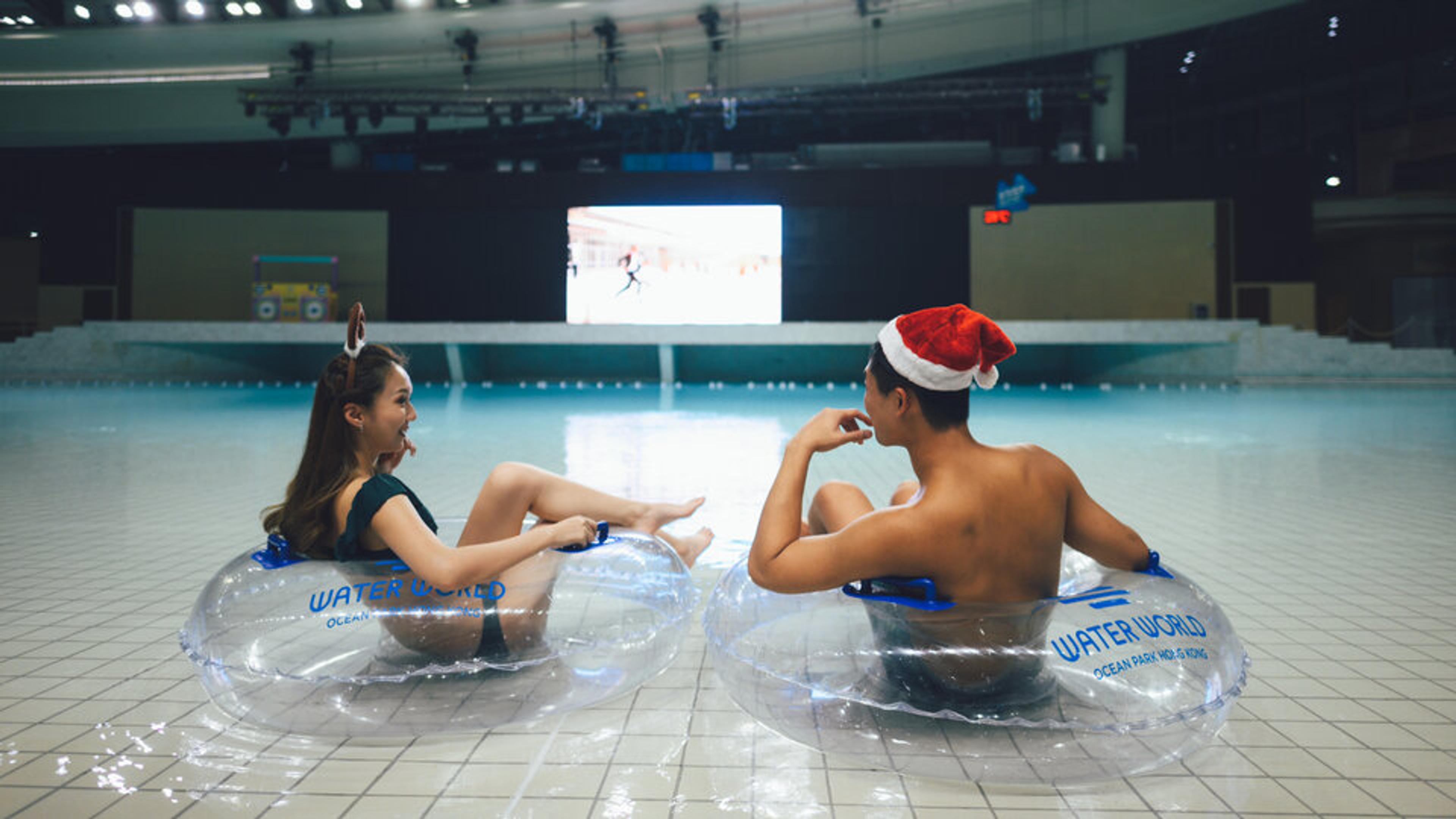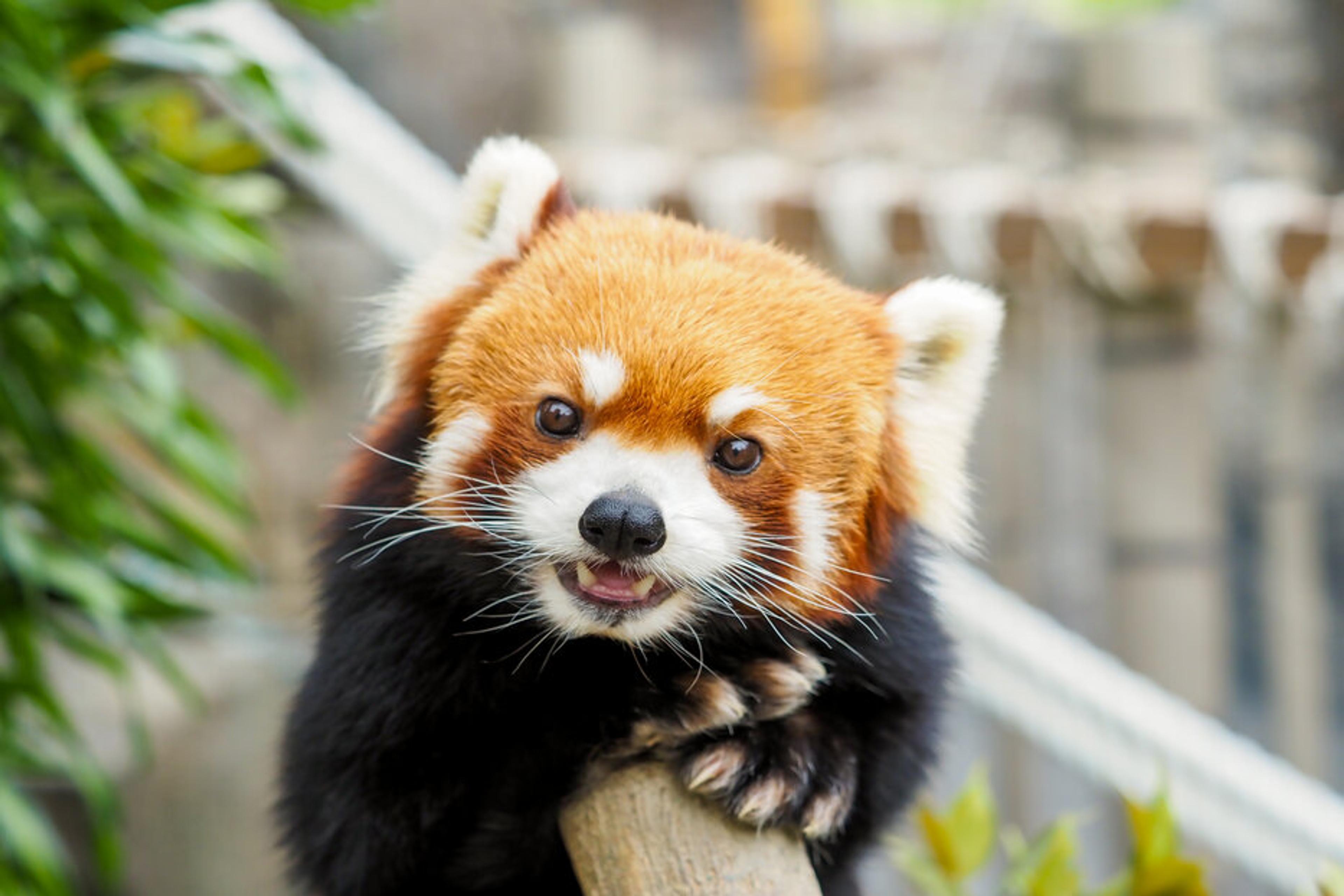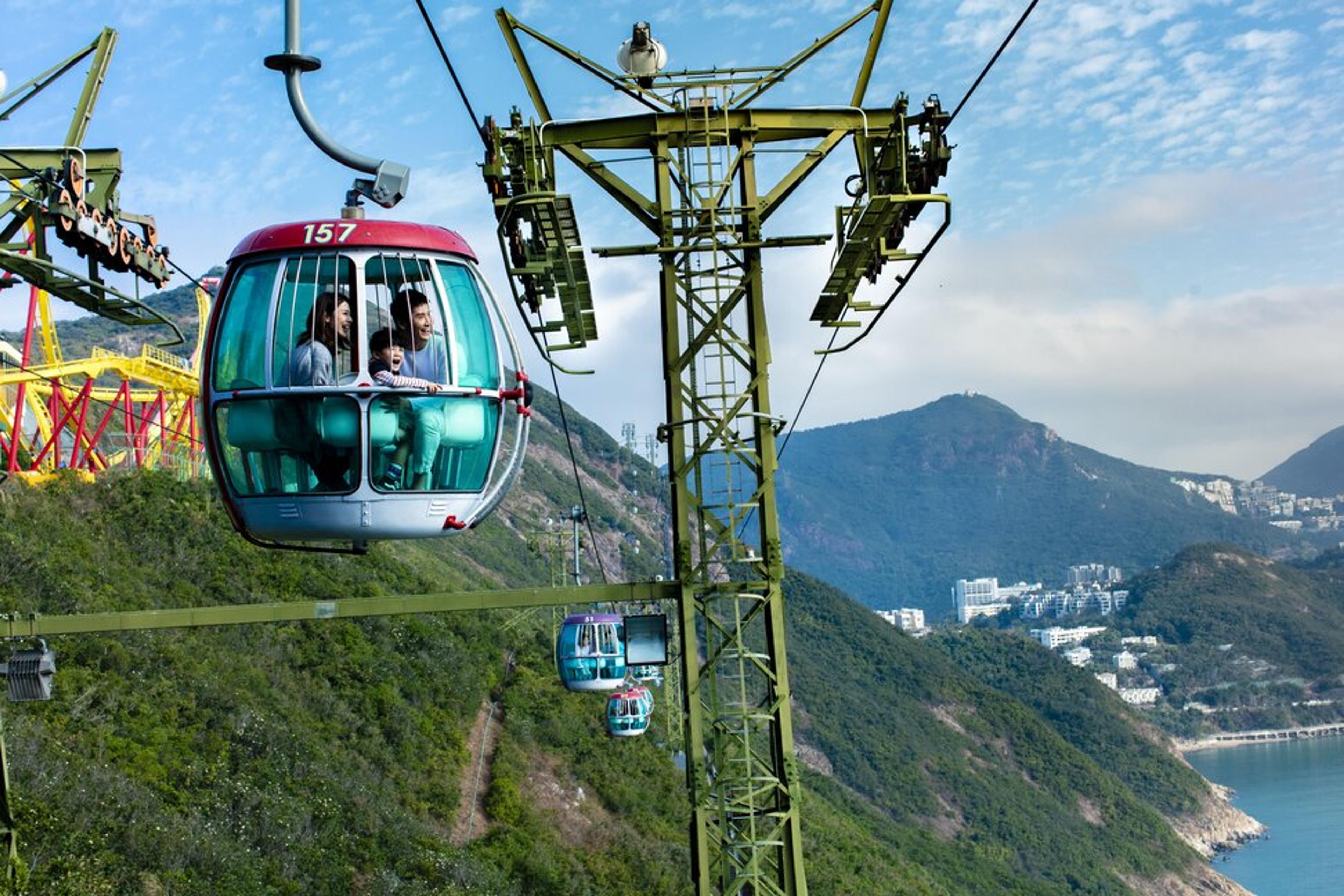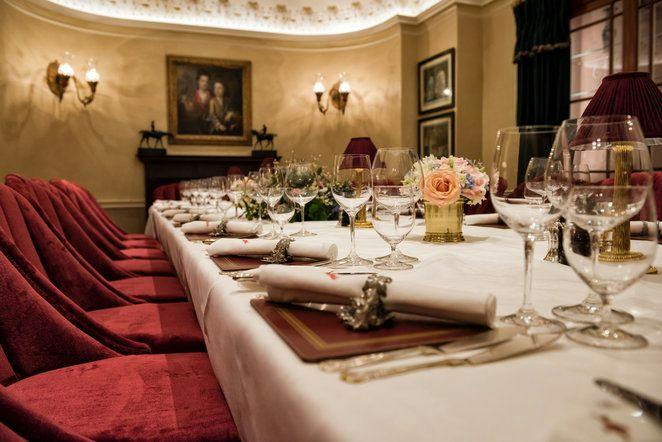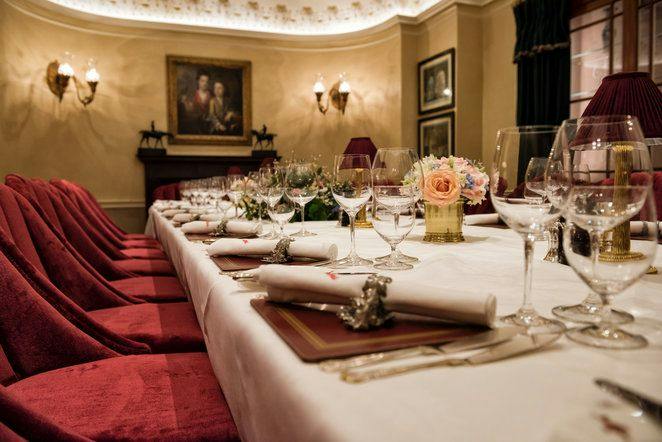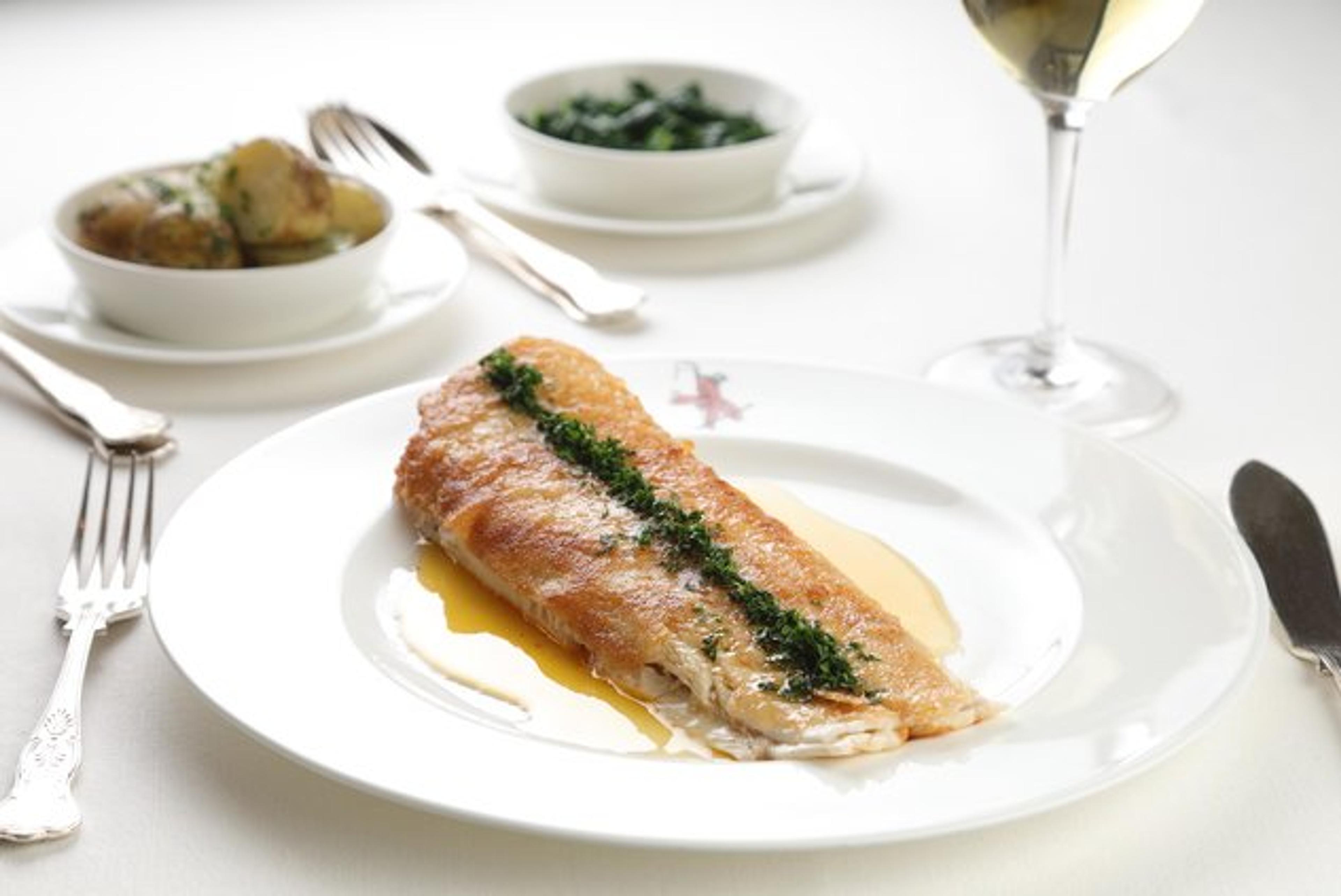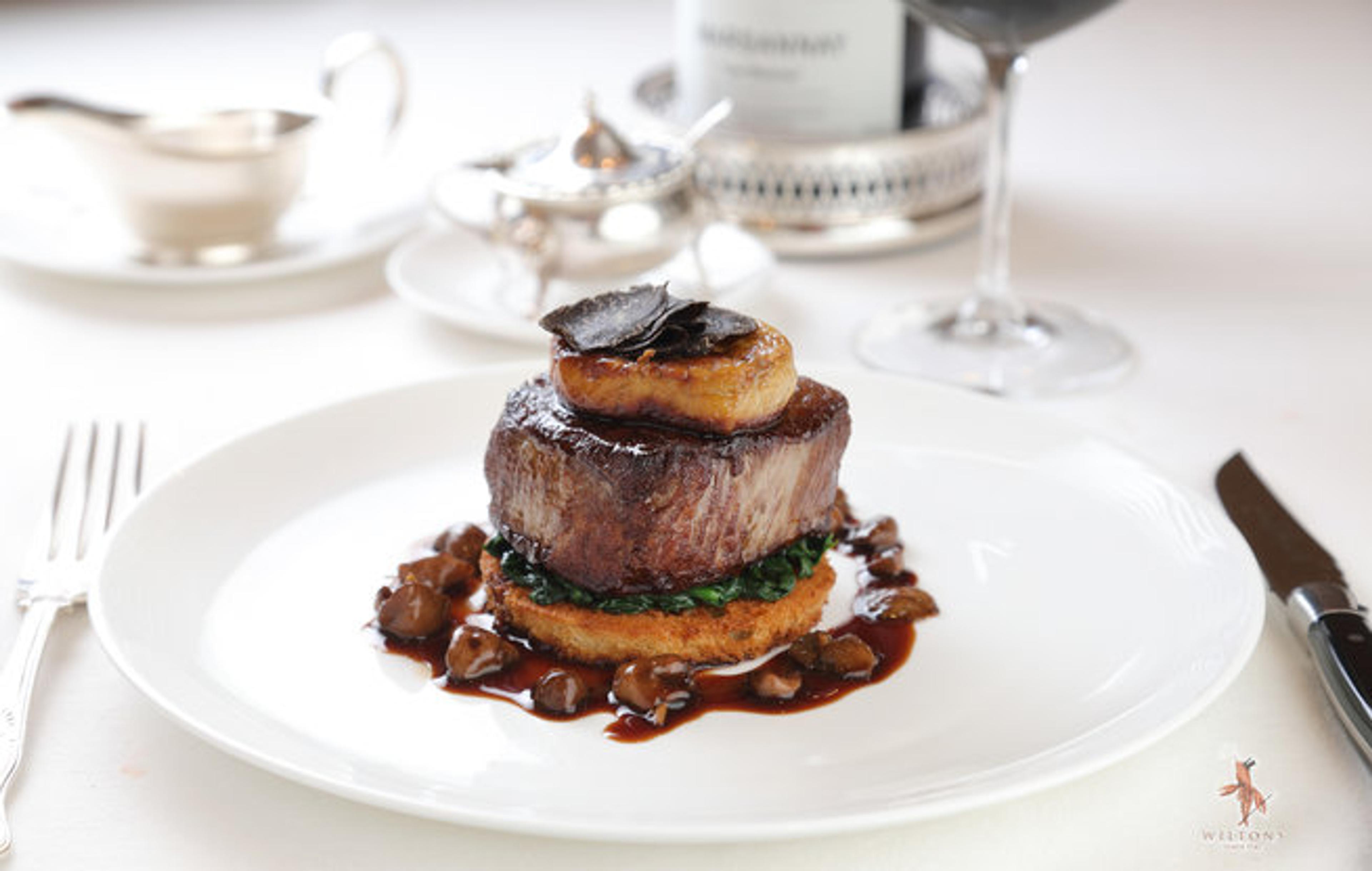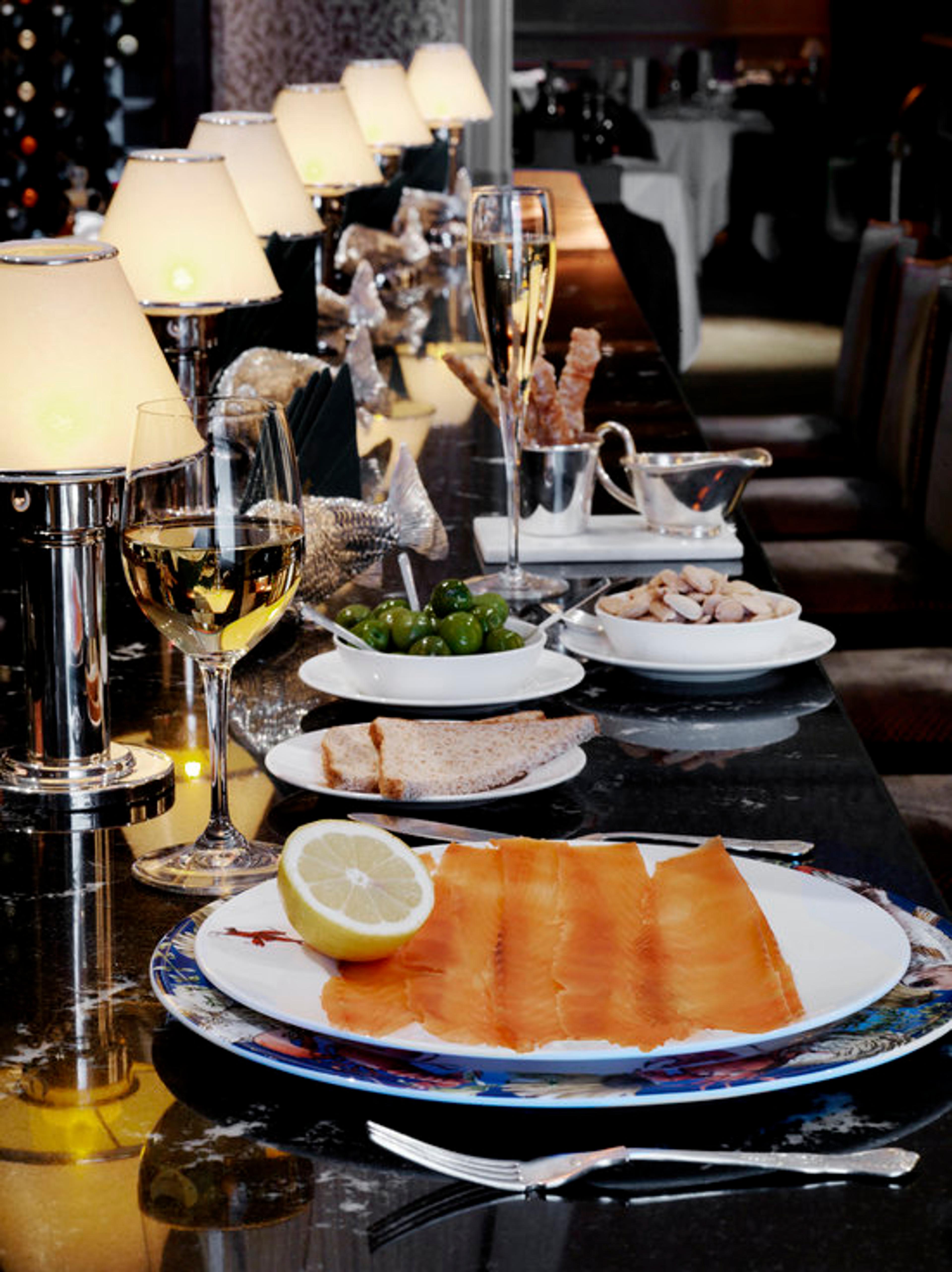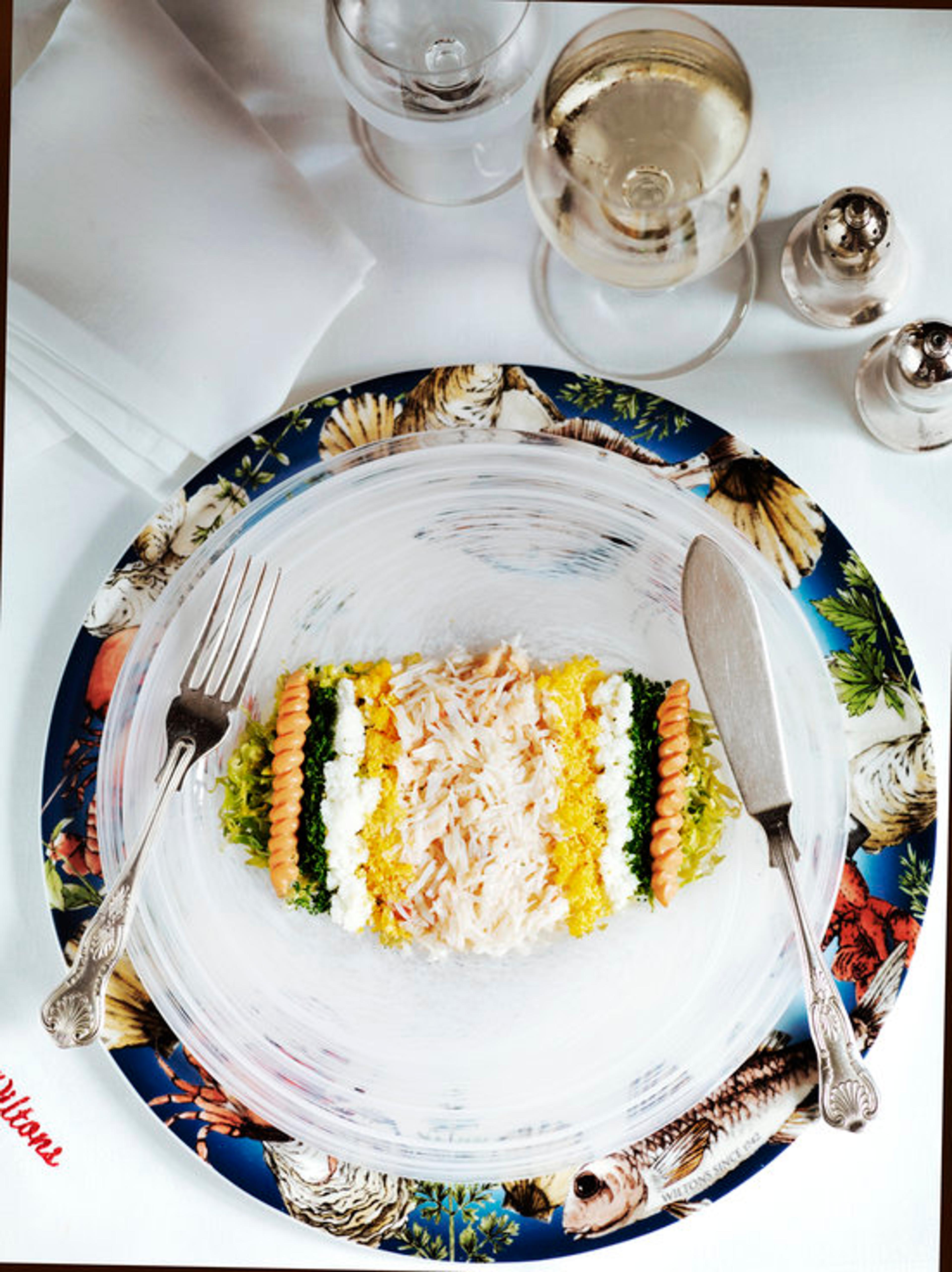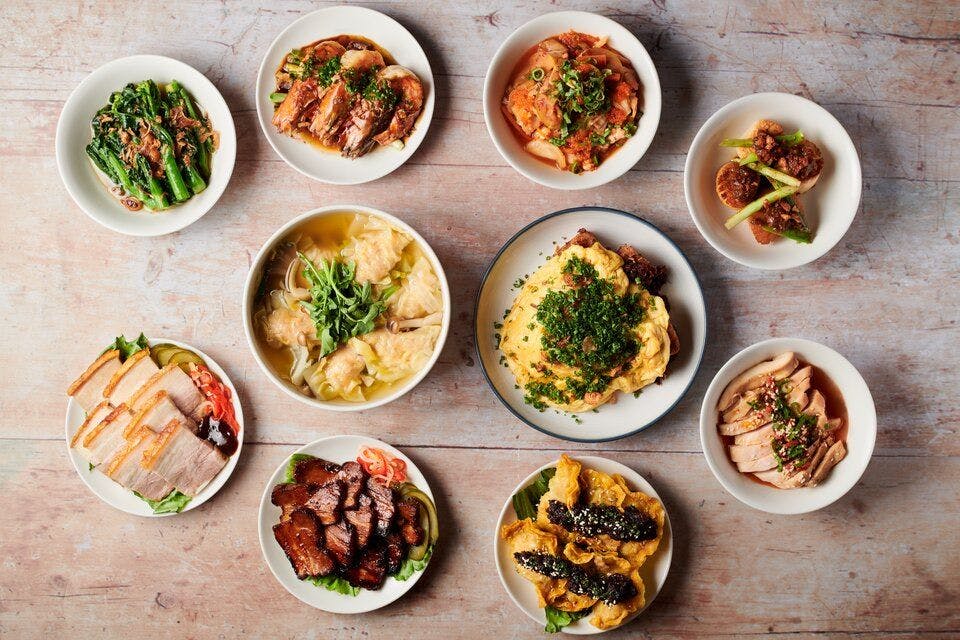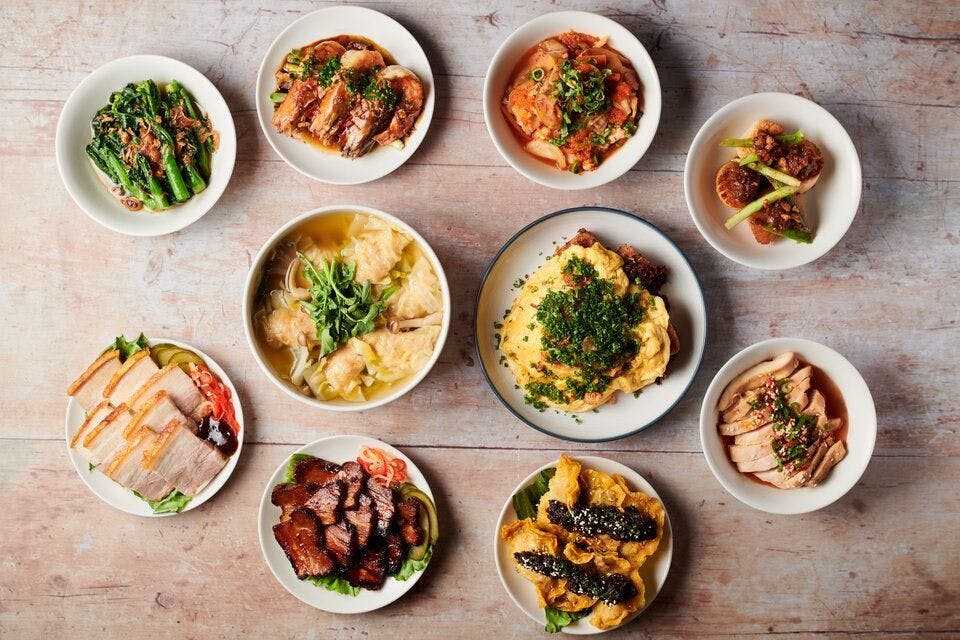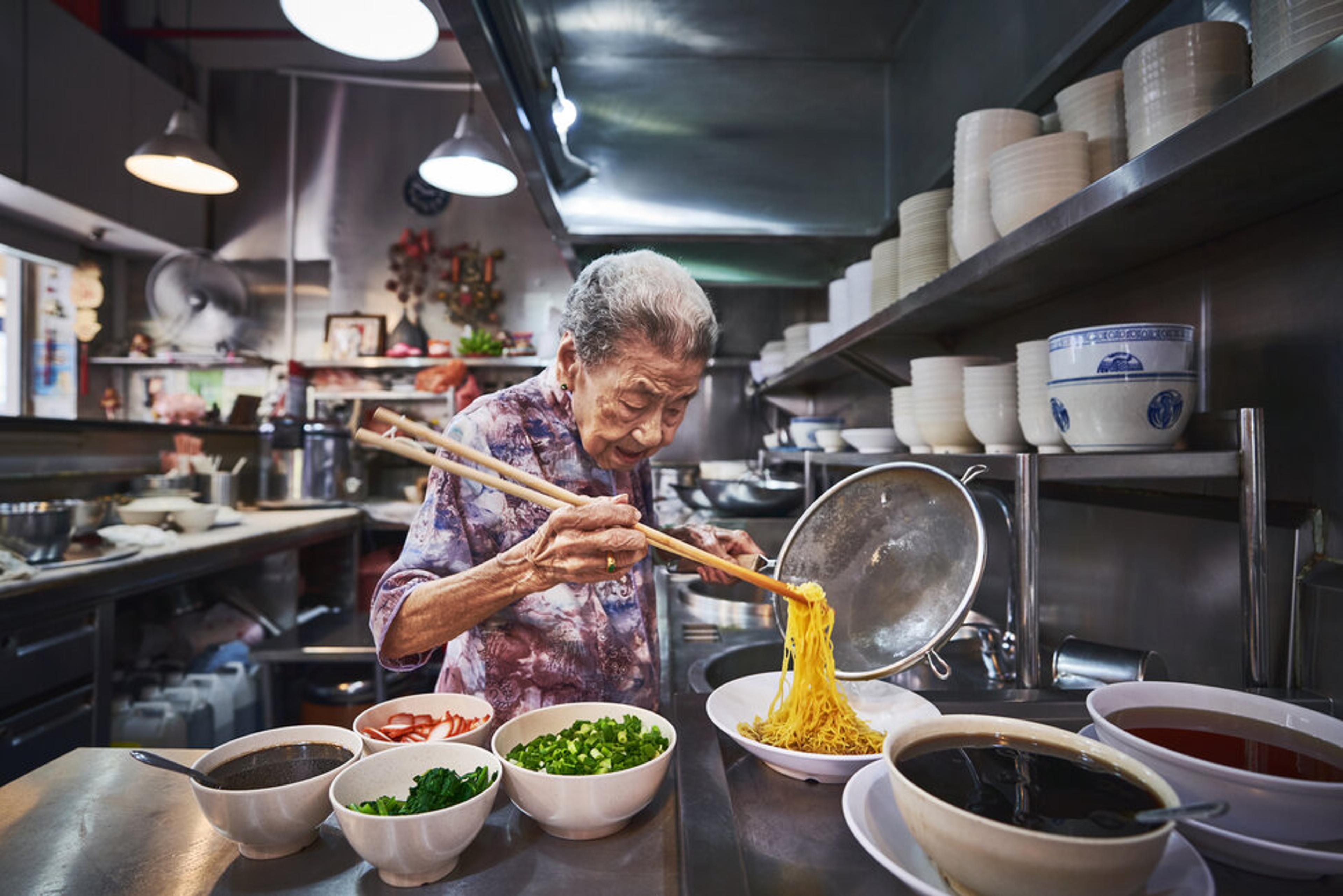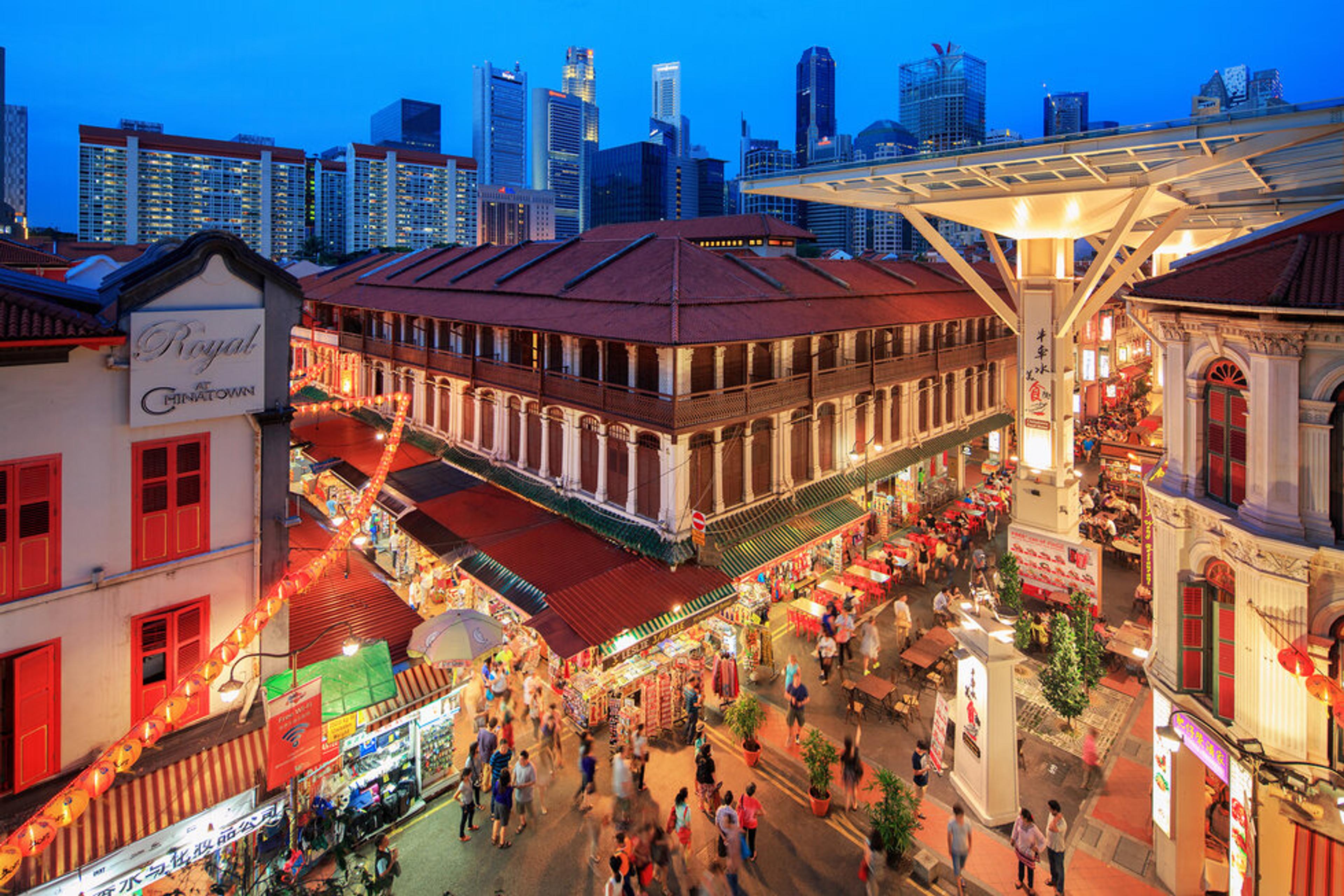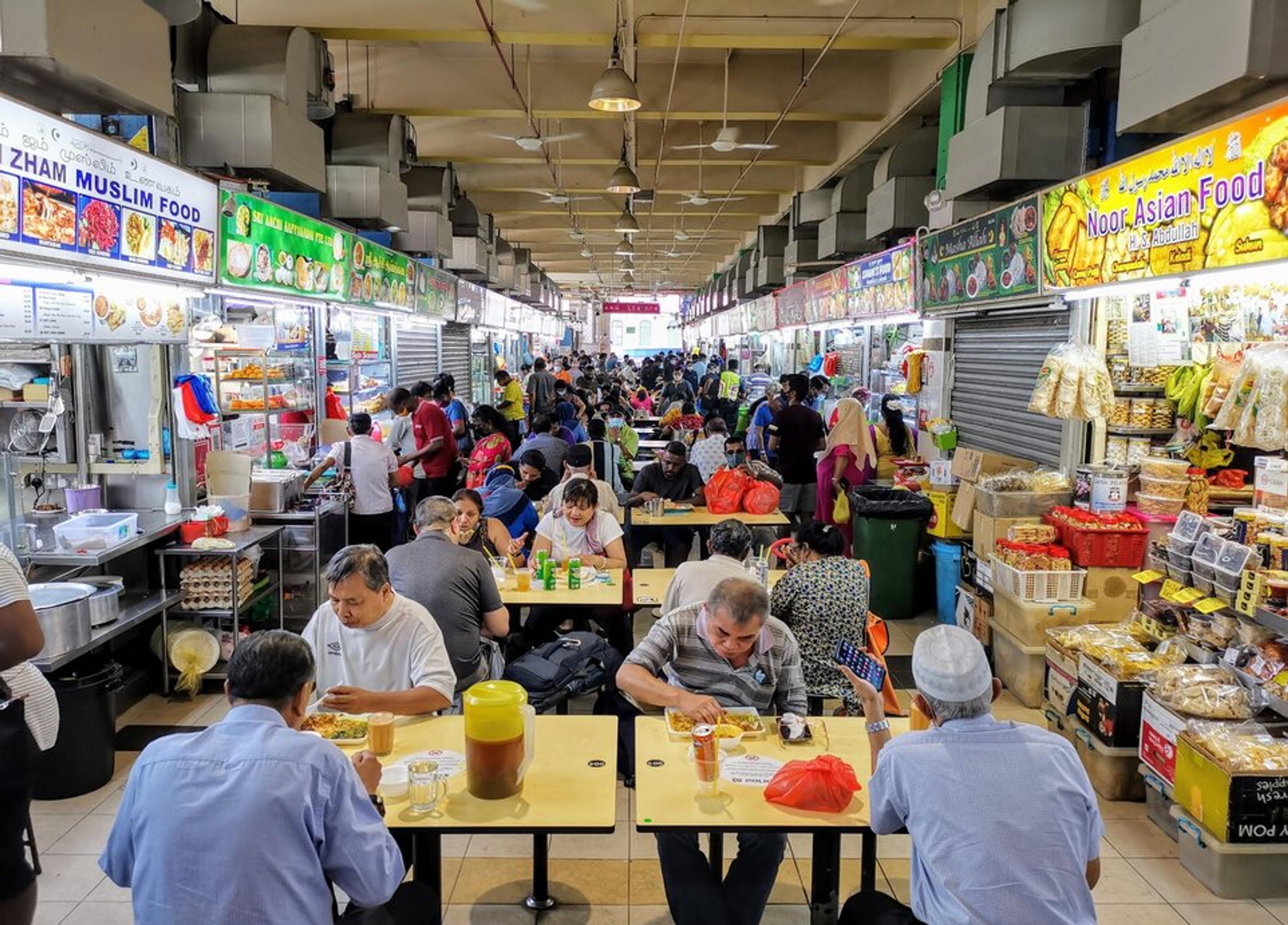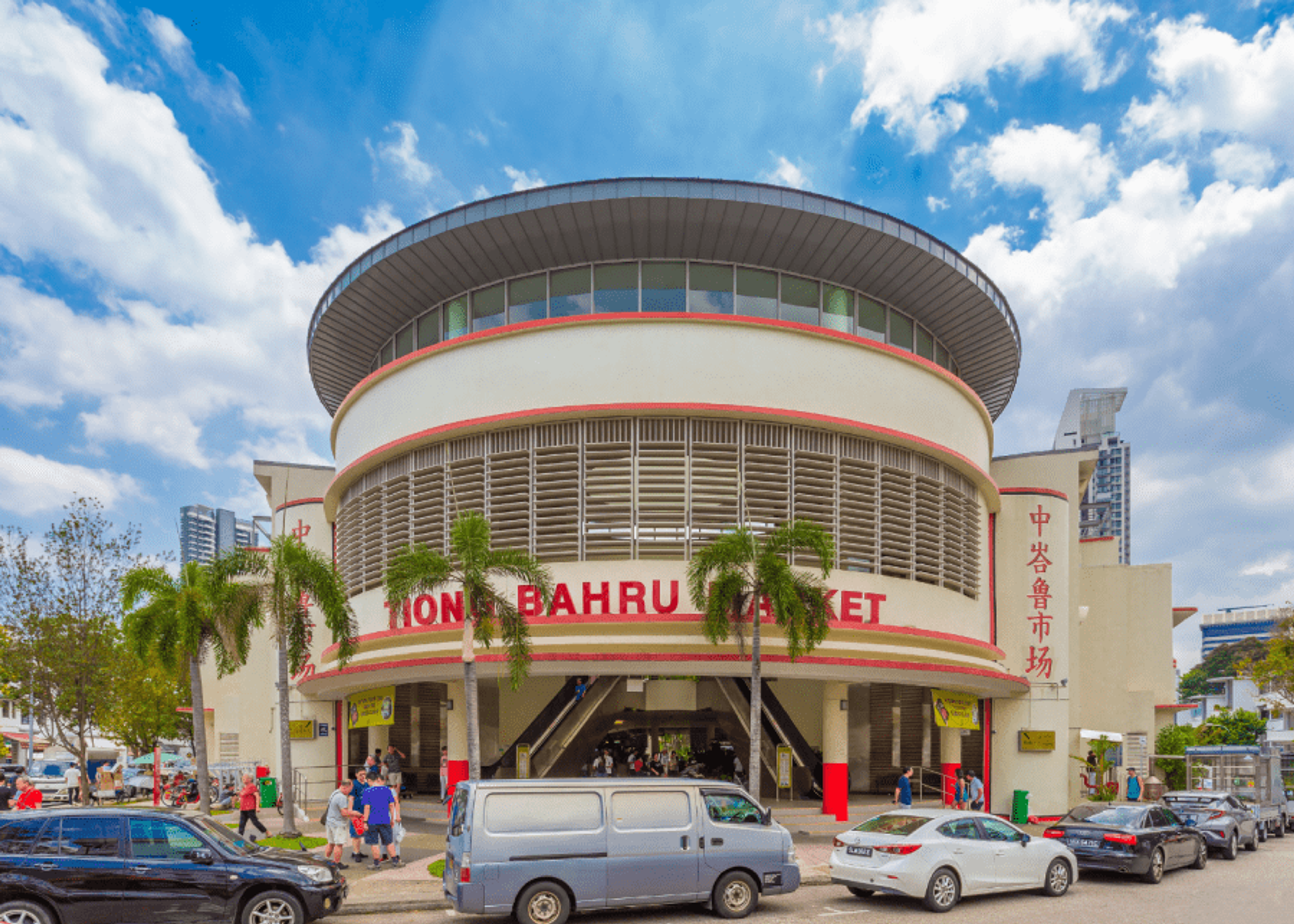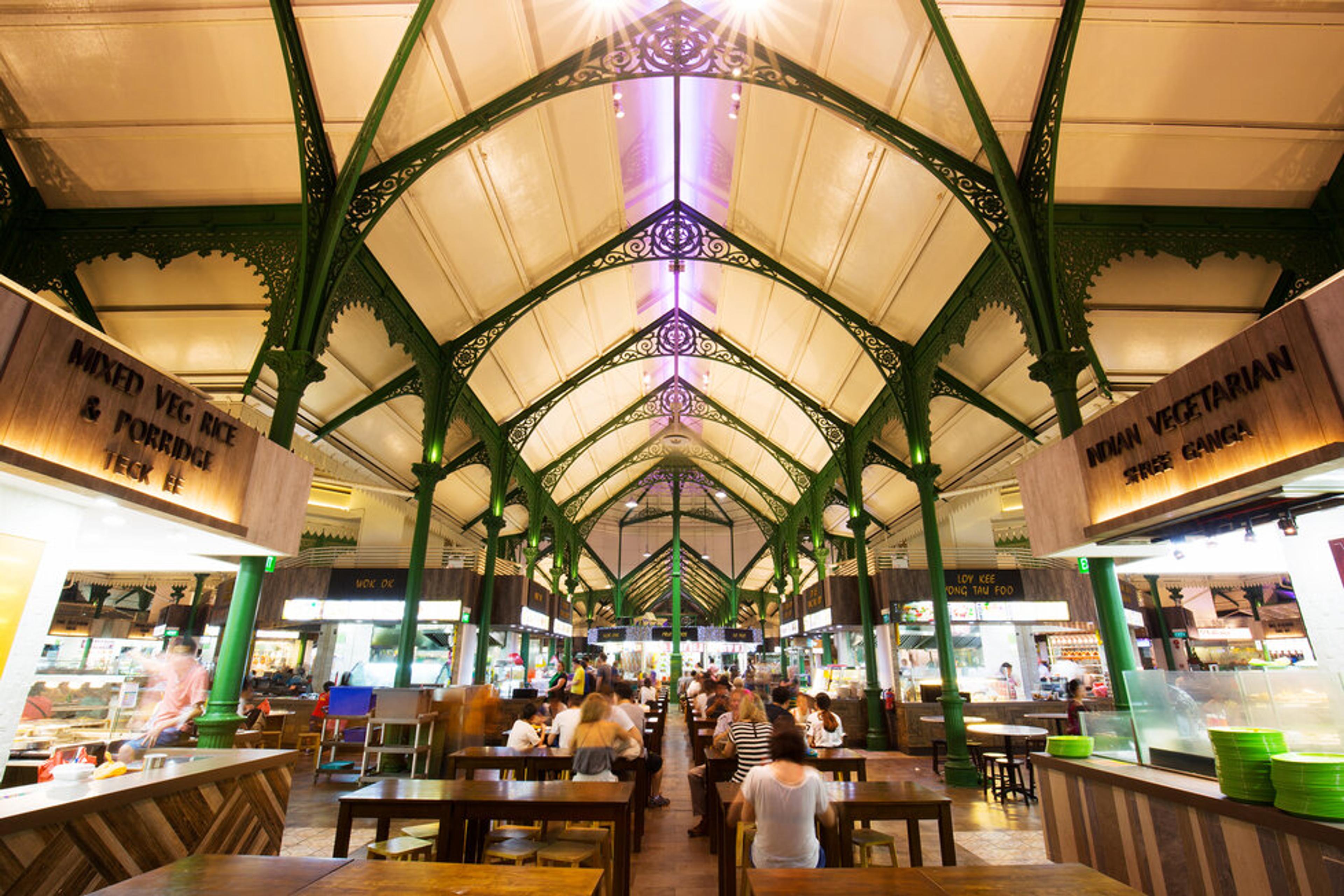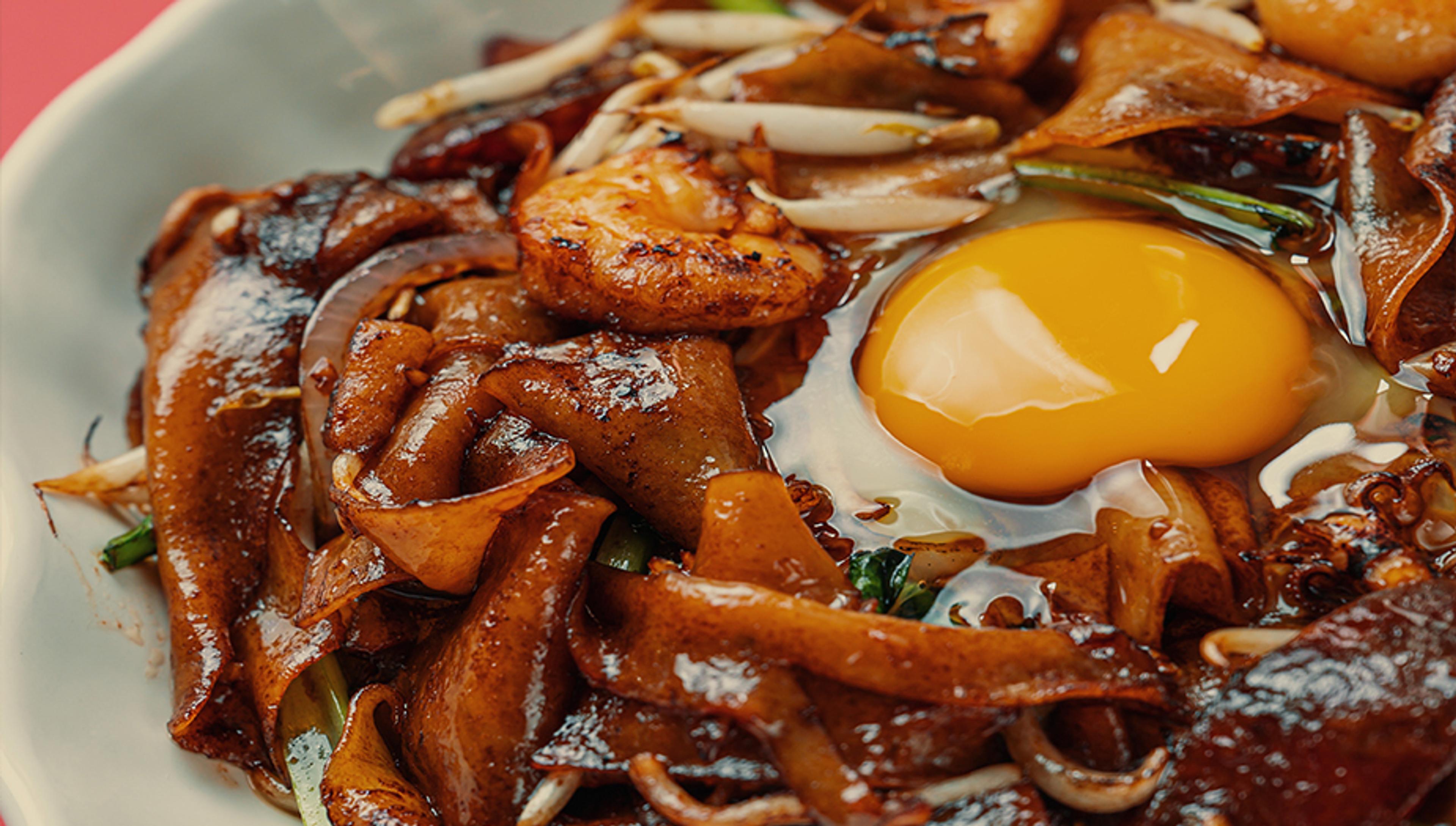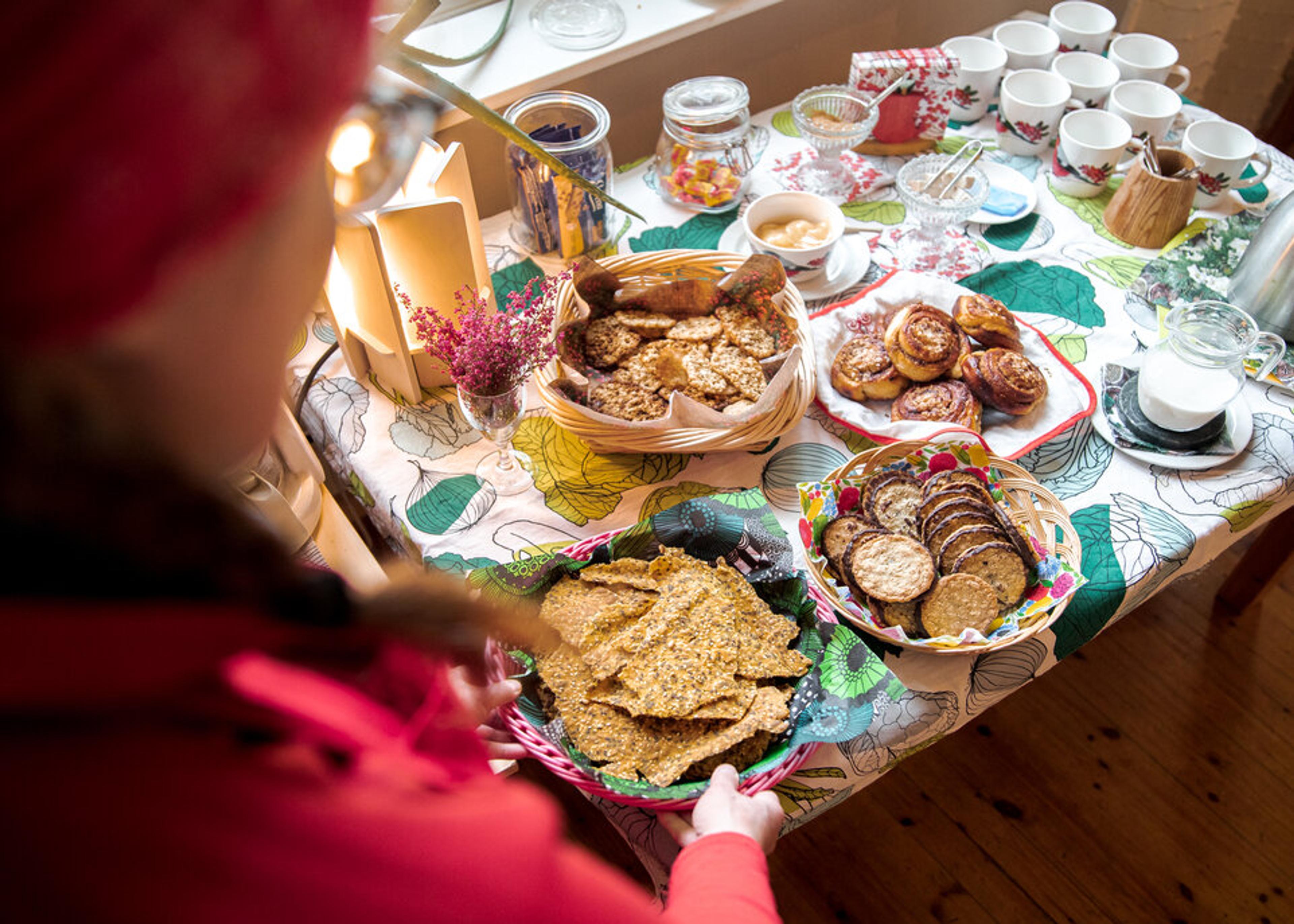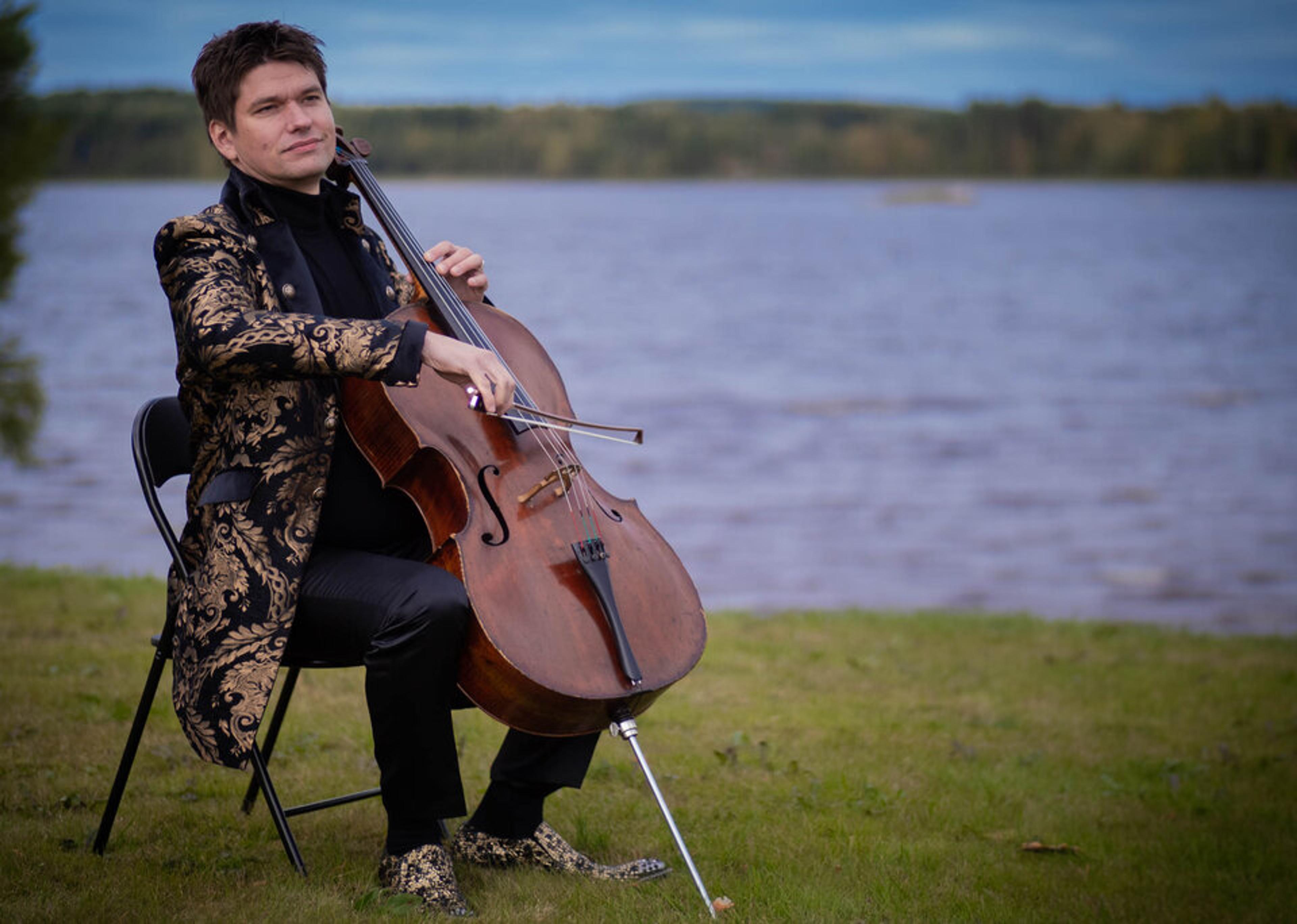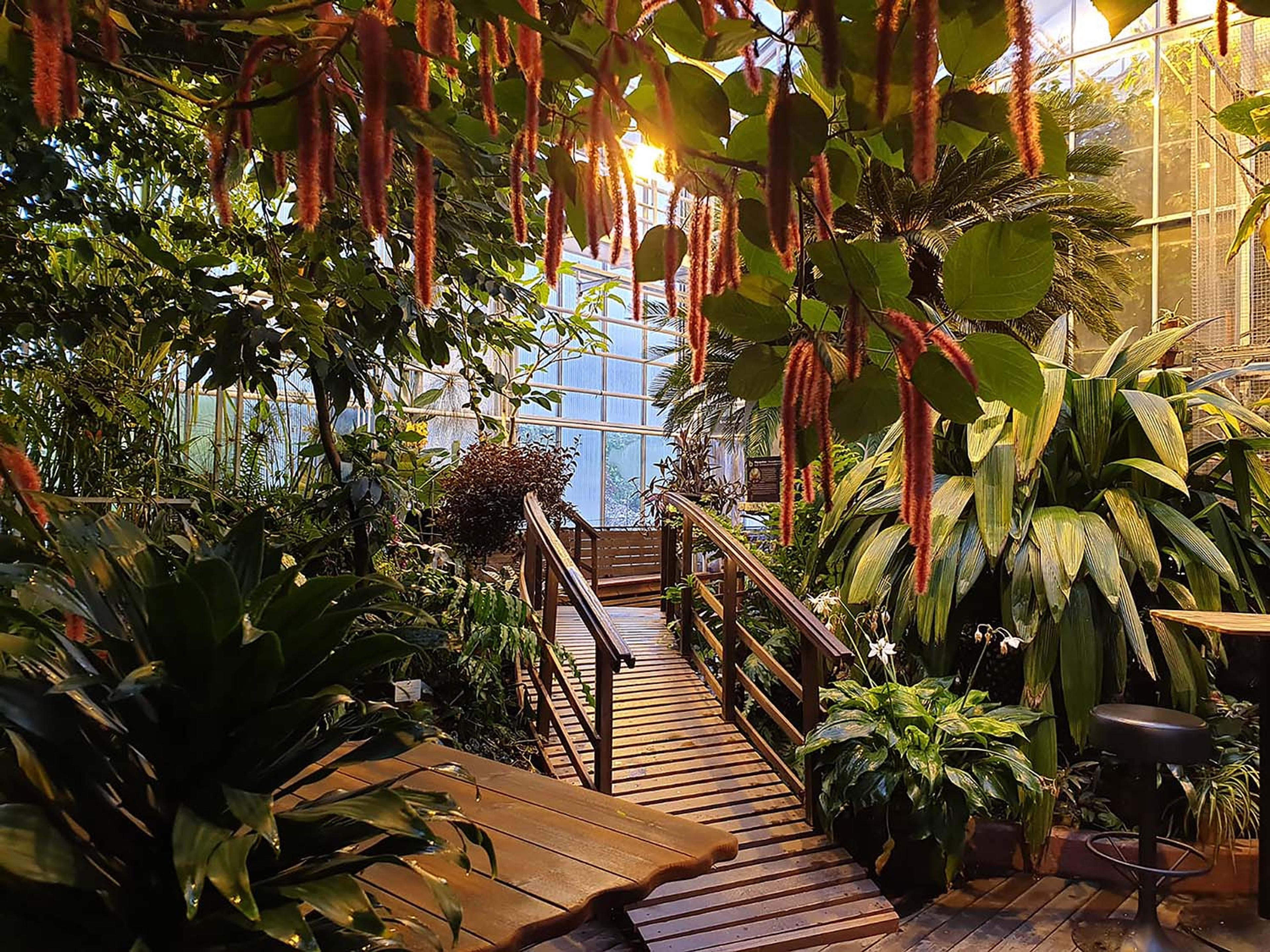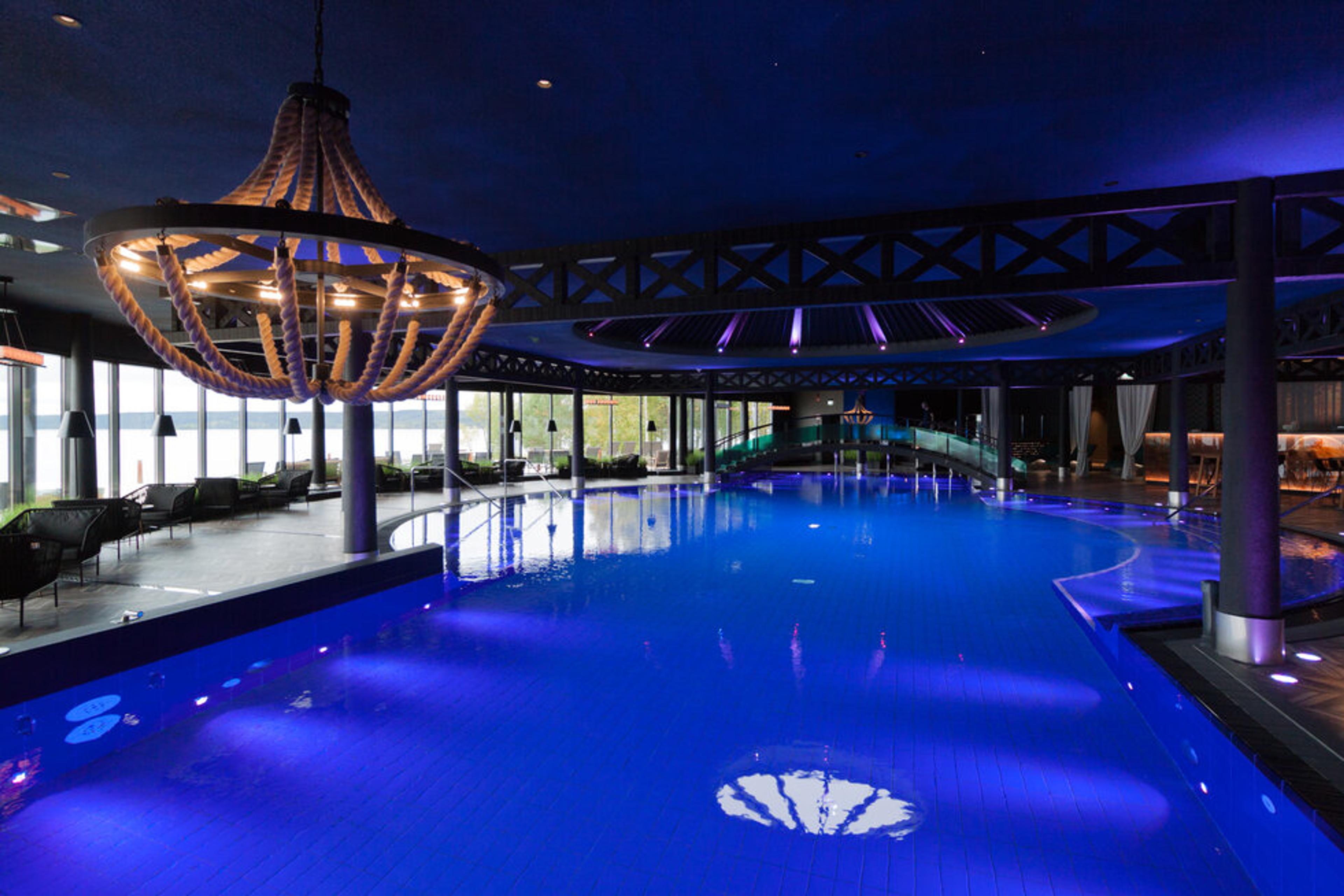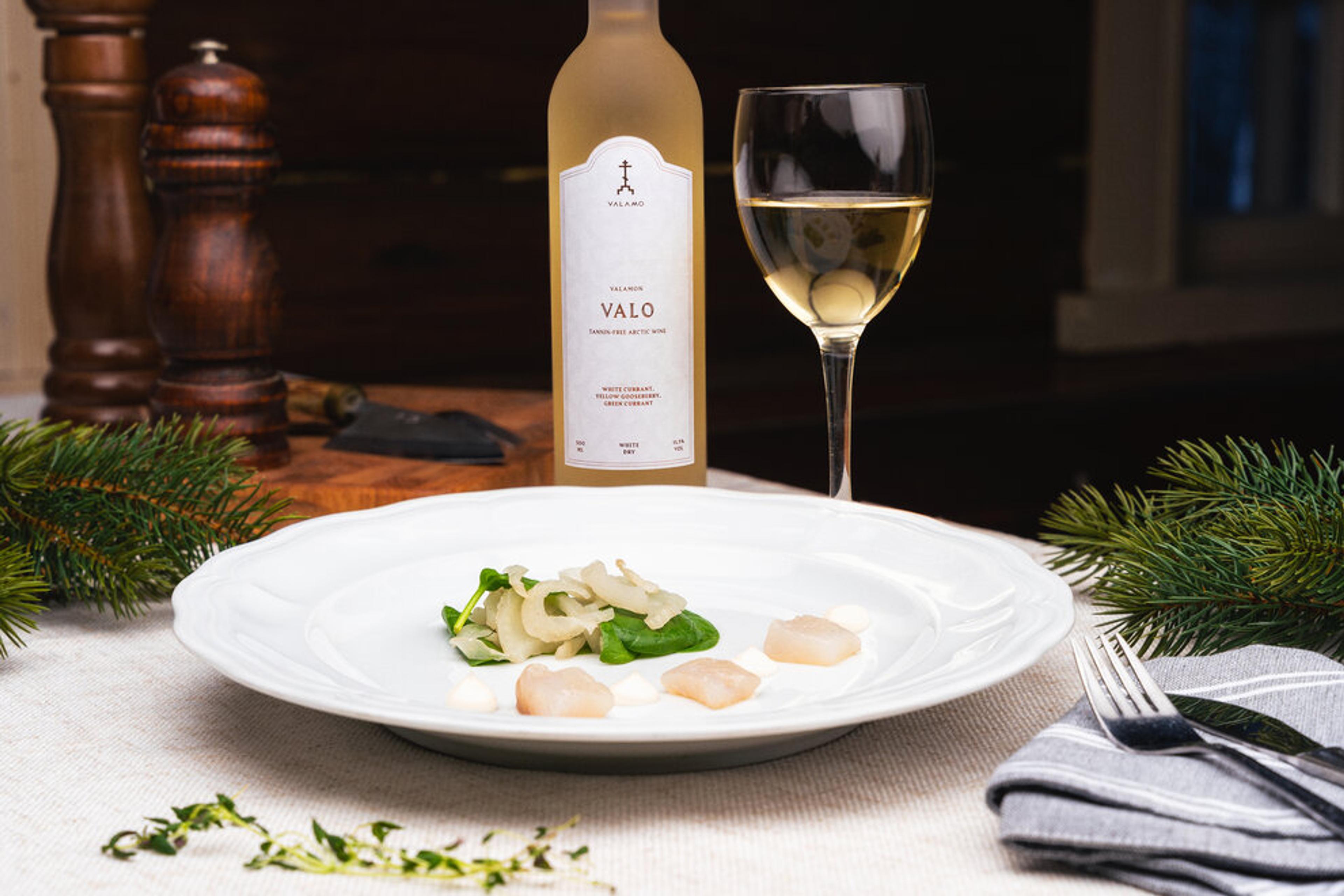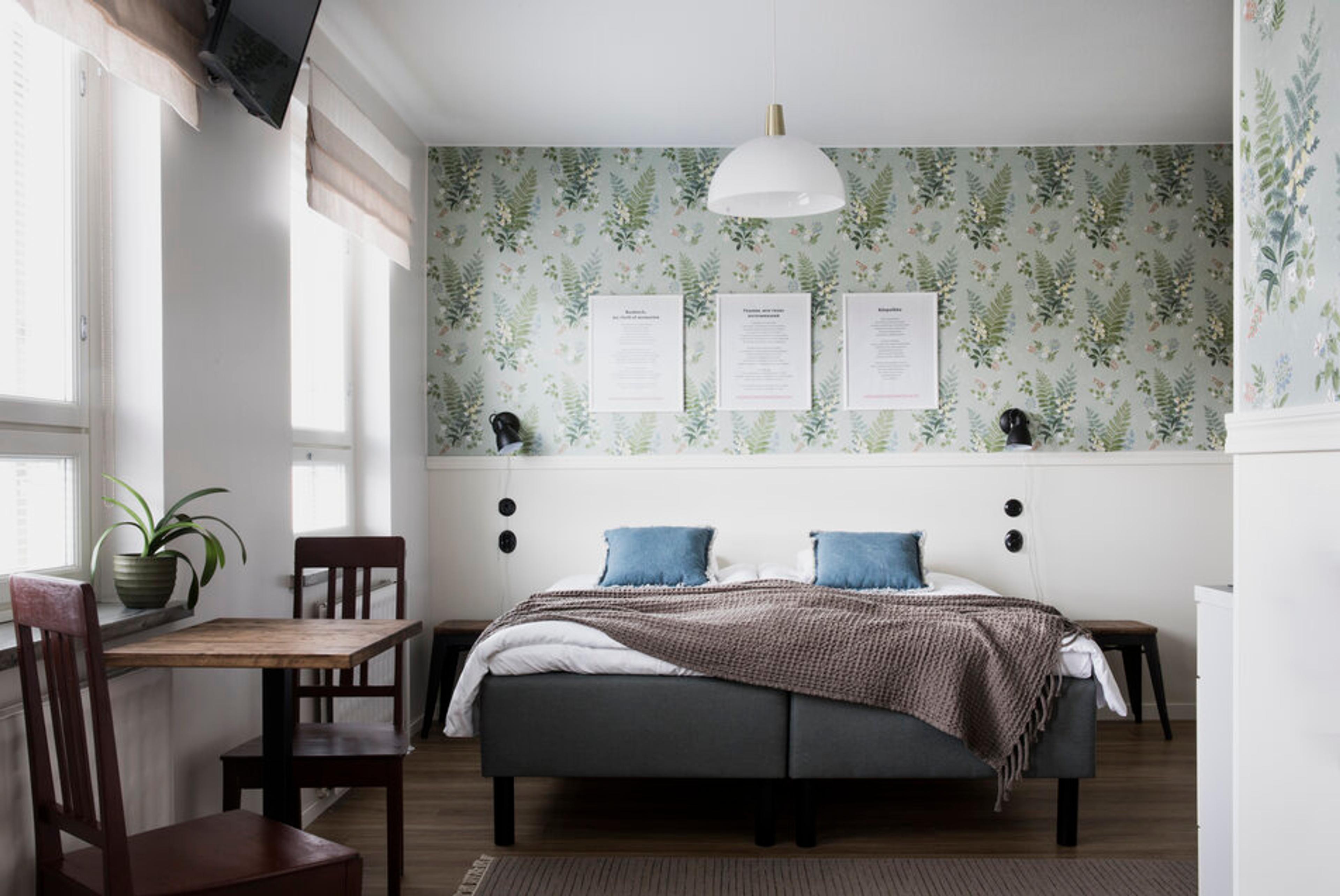There’s always been a romanticism connected with the Dordogne Périgord region. There are countless châteaus steeped in history. You will find a famous UNESCO World Heritage site. There is a garden that could be a new wonder of the world and a luxury hotel that would make King Louis XIV proud. Here, we examine why a fairytale journey to the region is at the top of most Francophiles’ wish lists. In particular, the region of Périgord noir, which is the most visited region in the Dordogne.

Charming châteaus
Are there exactly 1001 castles in the Dordogne Valley? I would guess more, but the advertising genius who came up with that slogan has sprinkled their stardust on the region. Those with a penchant for the paranormal should visit Château de Puymartin. It is widely known as the castle of the White Lady and has belonged to the same family for over 500 years. The neo-gothic style heightens the atmospheric haunted stories. The most famous is the story of the adulterous Thérèse de Saint-Clar in the 16th century, who was imprisoned in the northern tower until her death.
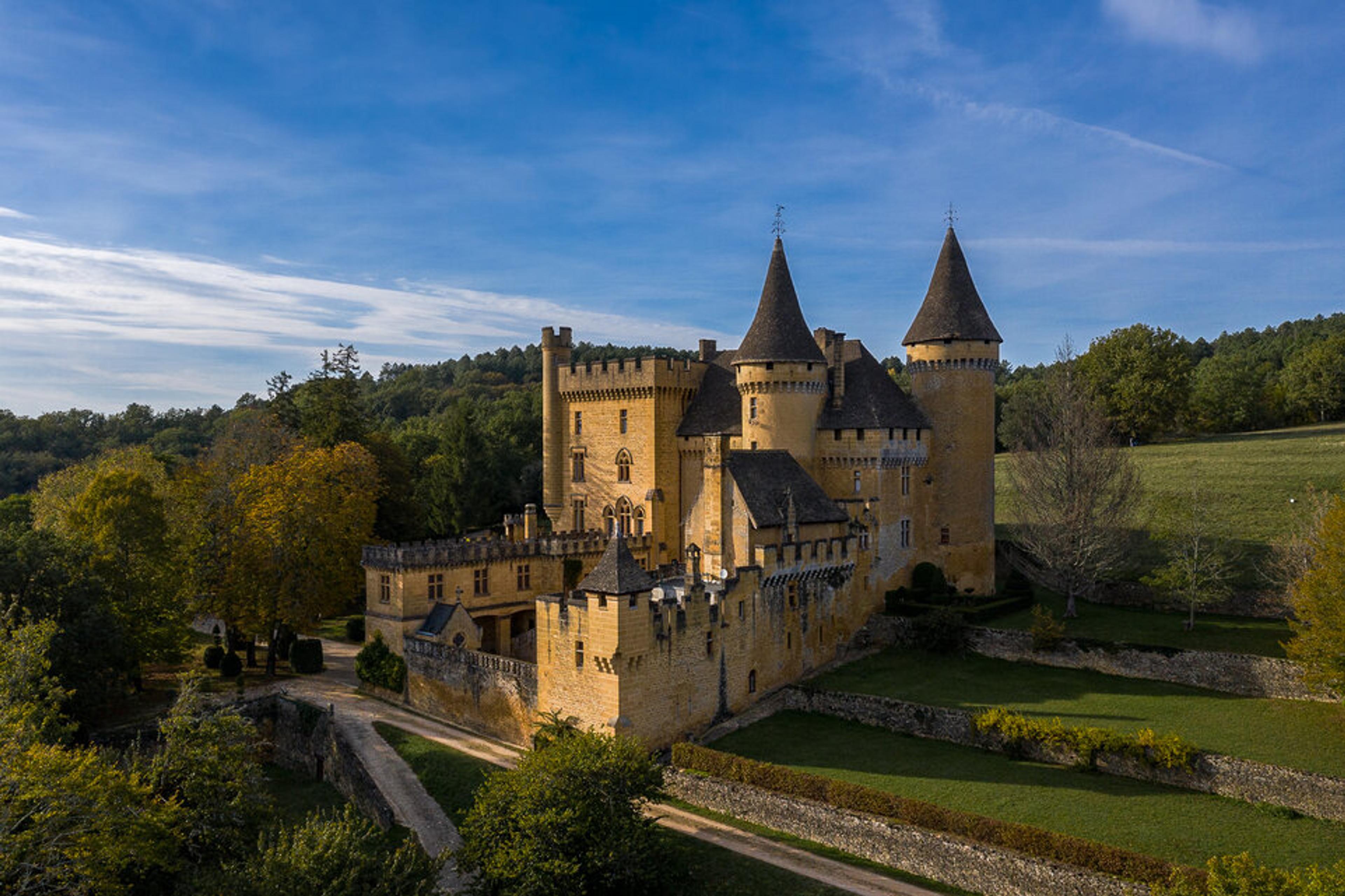
Another must-visit castle is Château des Milandes. Exuding feminine charm in abundance, it was the former home of renowned entertainer and civil rights activist, Joséphine Baker. She was widely credited by Angelina Jolie as an inspiration for “a model for the multiracial, multinational family”. Her art-deco bathrooms are dripping with decadence from black Murano glass tiles to real gold embellishments; her iconic costumes and her life story are on full display; whilst the stunning French garden with geometric topiary hedges and flower borders is a photographer’s paradise. The Ridley Scott 2021 film ‘The Last Duel’ was filmed at Château de Beynac. It was built in the 12th century and is one of the best preserved in France.
Prehistoric cave of Lascaux IV
The history of the region stretches back to the Palaeolithic period with the discovery of the remarkable Lascaux cave paintings. The animals depicted are of such exquisite quality, scope and sophistication, it was no surprise the site was given UNESCO World Heritage Sites status back in 1979. The original Lascaux cave was sealed off to the public in 1963 as the carbon dioxide and humidity generated by visitors were damaging the paintings. In a remarkable feat of ingenuity, they’ve recreated a complete replica of the prehistoric cave which you can visit on-site. It may be a facsimile, but it is an authentic dark and damp experience akin to the actual cave. They’ve also curated a travelling exhibition: The Cave Art of Lascaux: a Virtual Reality Experience, which will tour Bristol in the summer of 2023.
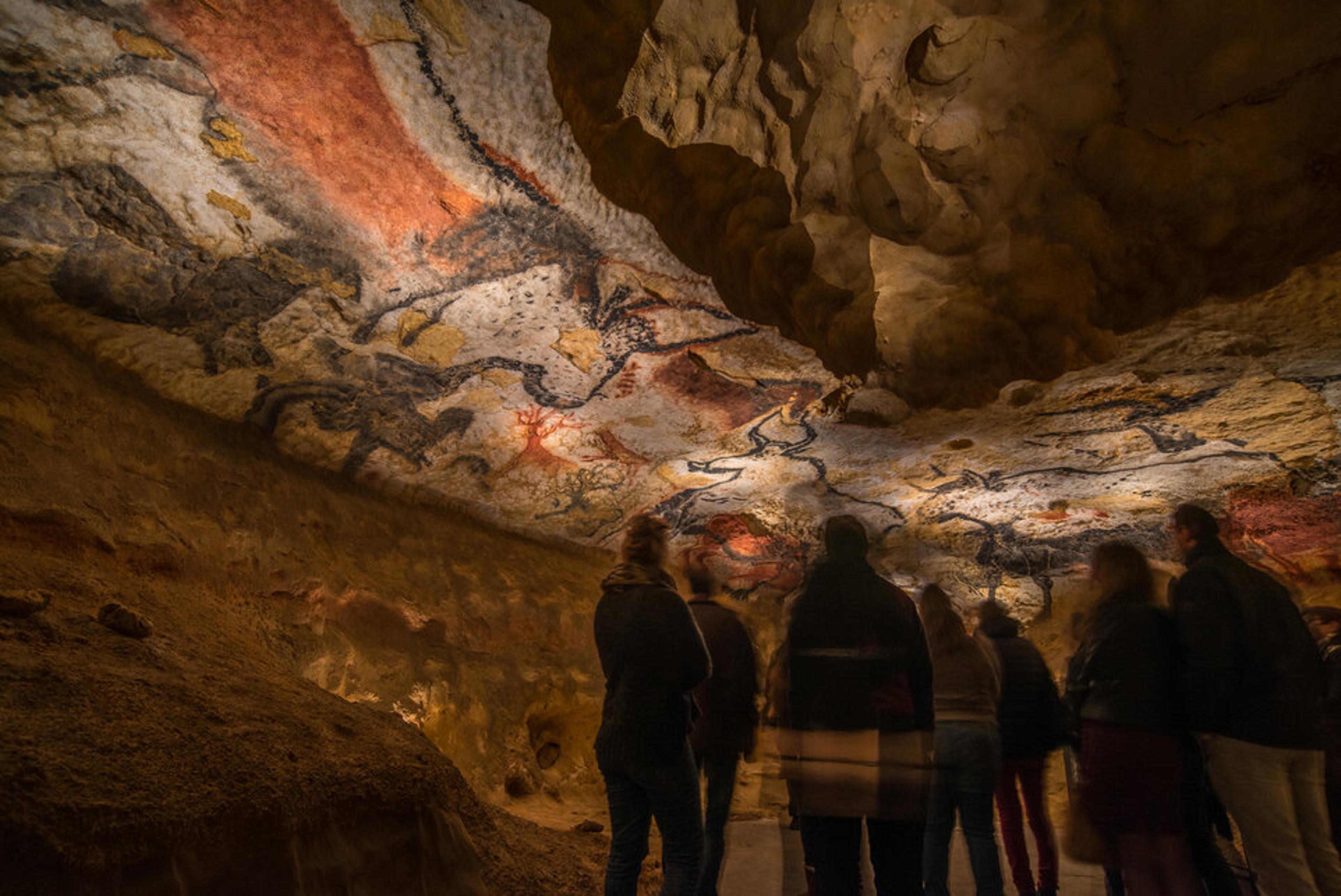
Photo courtesy of Dan Courtice
Marqueyssac gardens
Named by the BBC as one of the six extraordinary gardens in the world you must visit, the overhanging gardens of Marqueyssac are a sight to behold. With 150,000 hand-trimmed boxwoods in the shape of lollipops and balls, this is a botanical maze that will delight adults and children alike. The garden is perched 130 metres above the Dordogne River with breathtaking views of the idyllic countryside. There are 15 hectares of gardens and parkland with peacocks strutting alongside the 6 km of paths, so it’s the ideal place for picnic adventures or a romantic stroll. They frequently have temporary art exhibitions as well as offering more adventurous activities such as La Via Ferrata cliff climbing.
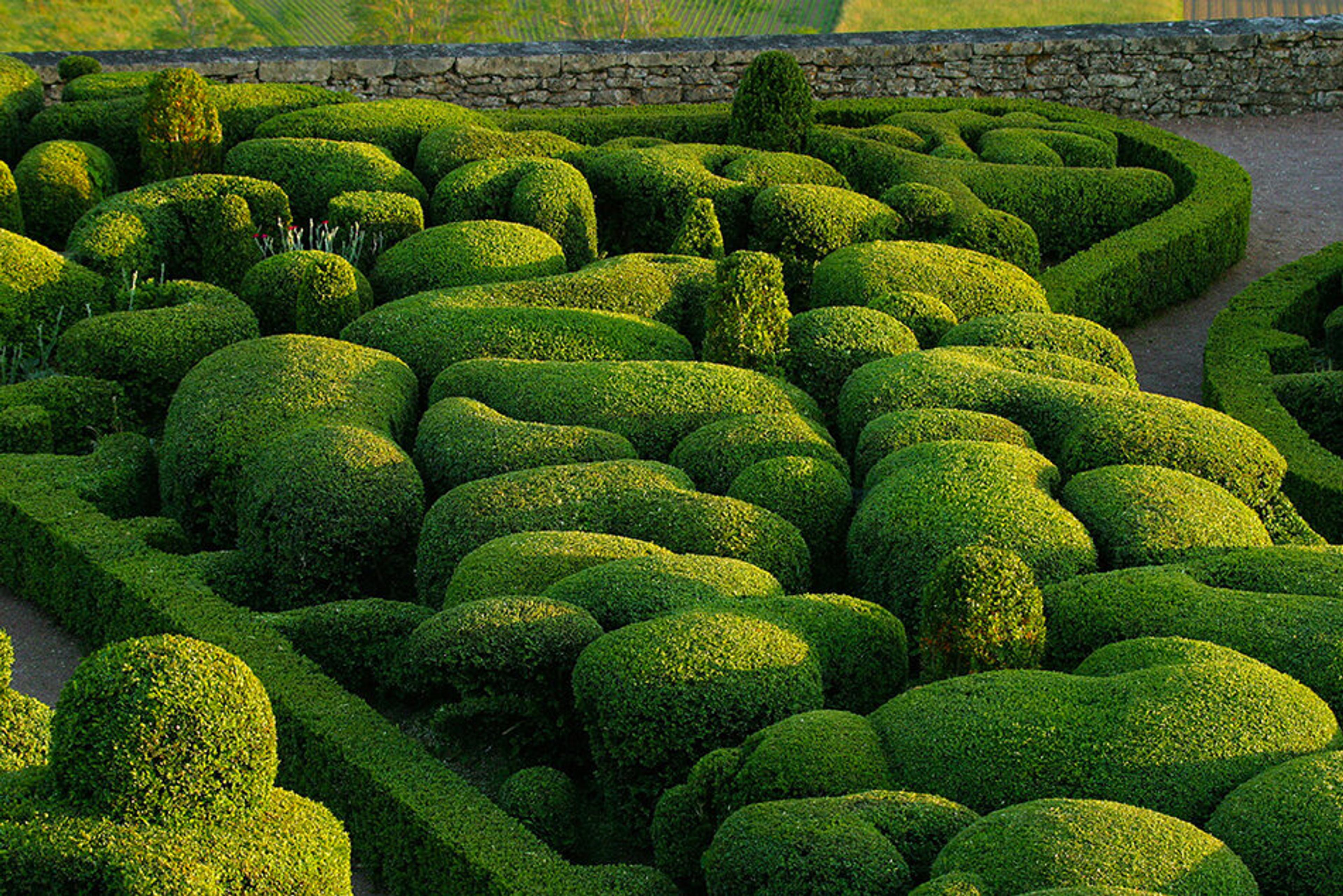
Domaine de Rochebois
After visiting all the fabulous châteaus, you will probably want to live the life of a marquis yourself. In that case, the only place to consider for your accommodation is Domaine de Rochebois. It is the only five-star hotel within a 200km radius. It is a family business run by the young entrepreneurs of the Pruneyrac family. They’ve brought their years of experience in the hospitality and tourism industry to deliver a refined experience fit for a marquis. The location might be set amongst quaint cottages and farmland, but it’s only a short, 15-minute drive to the medieval town of Sarlat. It has an impressive Benedictine abbey and is a great place to pick up gastronomic delights such as foie gras, black truffles, and duck confits.
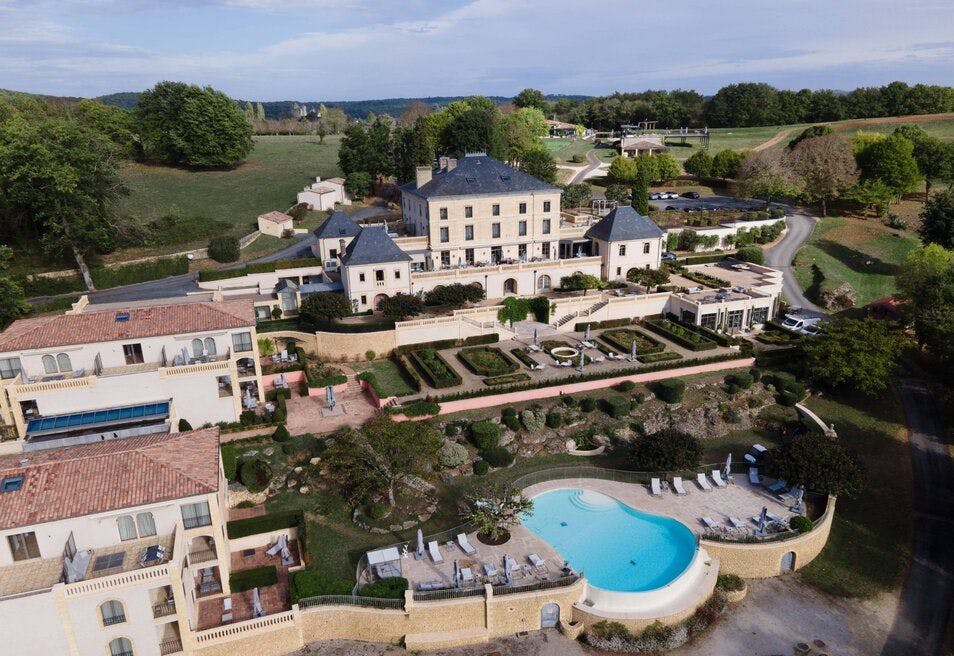
There are 40 rooms and suites at the hotel decorated in green, purple, black and white, representing the colours of the Périgord. Throughout the hotel, you’ll see outstanding metal artwork from renowned sculptor Pierre Treilhes. He’ll use upcycled metal to create iconic pieces like the Gallic rooster. The hotel has a NUXE spa with a sensory pool for those seeking relaxation, and a 6-hole golf course for those seeking countryside greenery.
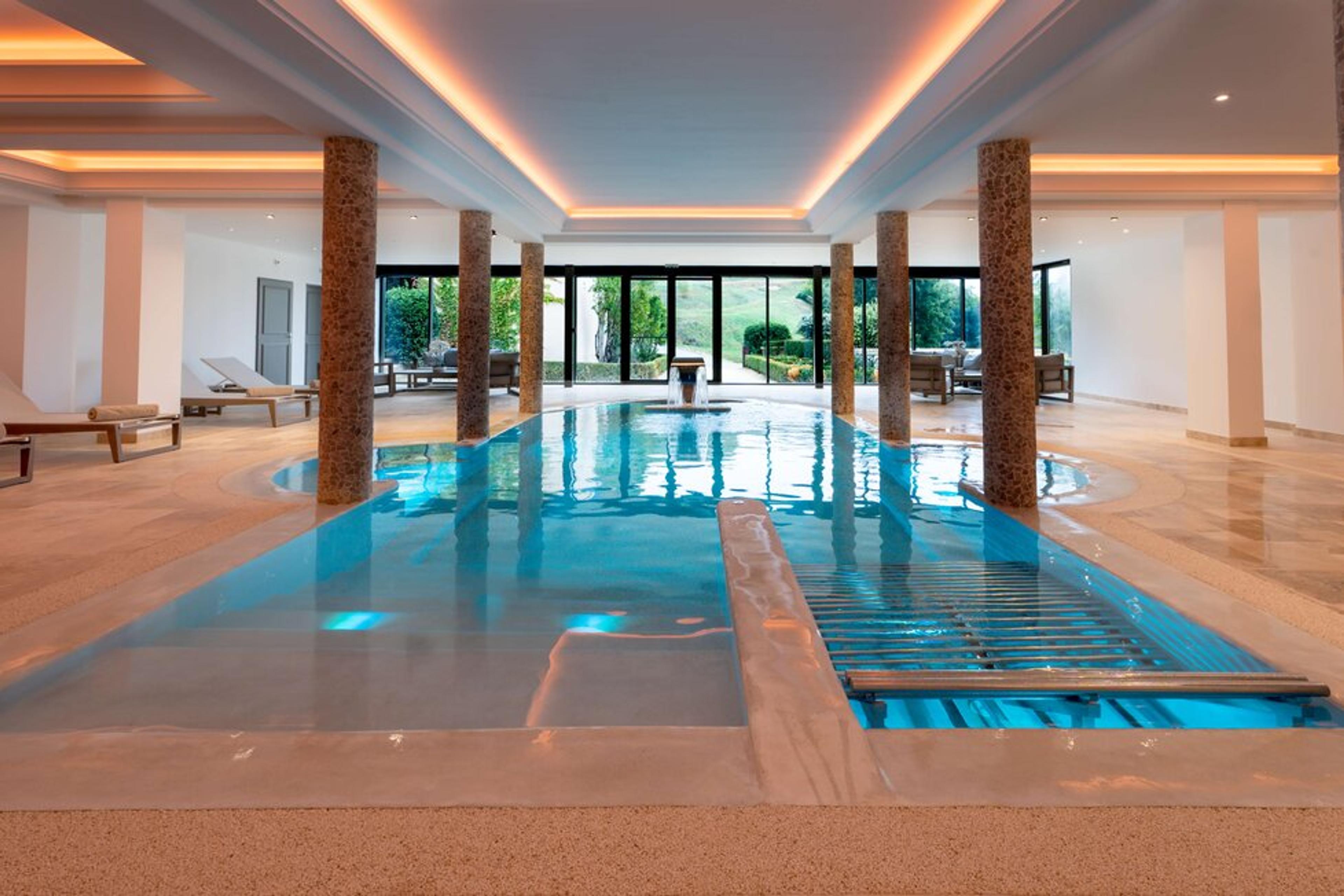
They take pride in offering world-class food and beverage options. Their gastronomic restaurant, Le M is led by executive chef Jean-Philippe Vecco, who trained under legendary Pierre Gagnaire and Alain Ducasse. His tasting menu starts with a butter tray station where you can use various accoutrements to create your own bespoke offering for your palate. It is all about supporting local producers and using local produce. Expect dishes like shredded Périgord suckling pig and Périgord pigeon cooked in 3-ways. An award-winning bartender will serve you a classy concoction at their Le Josephine bar, named after Josephine Baker. The cocktail to try is unsurprisingly Josephine’s favourite, which consists of Remy Landier Cognac, Champagne, Sucre de Canne, bitters, and huile d’orange. All-day dining is at Brasserie Le Wedge where they offer comforting classics like chicken ballotine with creamy risotto.
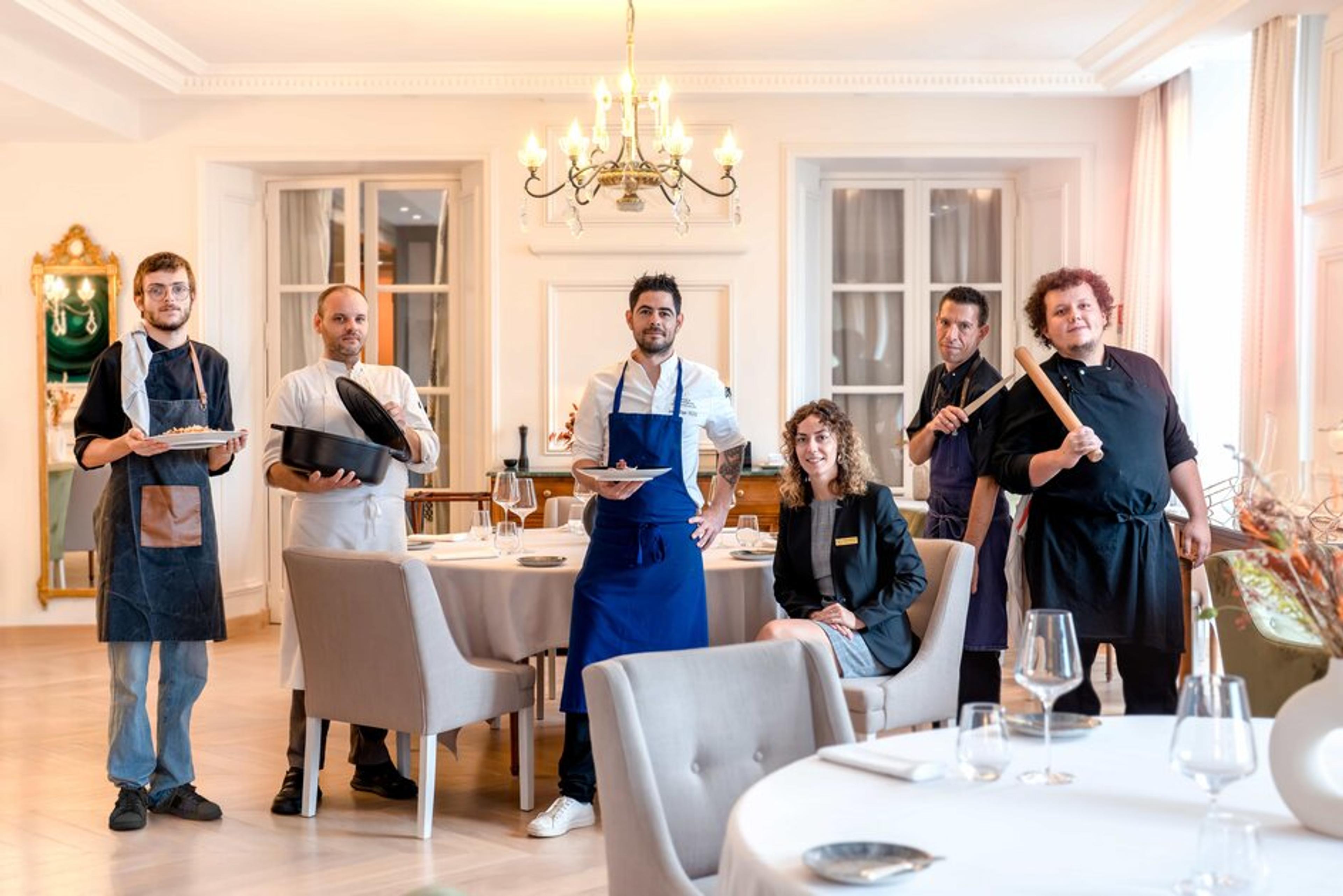
What Domaine de Rochebois does very well is to connect you with the outdoor experiences of Périgord noir. They can arrange a truffle hunting experience at Le Domaine de Vielcroze. They can arrange a hot-air sunset balloon ride. They can arrange for tours to one of the most beautiful villages in France, La Roque Gageac along with a kayaking experience. You can also visit the troglodyte caves of La Roque Saint-Christophe. The list of options is endless and Domaine de Rochebois makes a great base for you to discover the region.
https://en.sarlat-tourisme.com/


